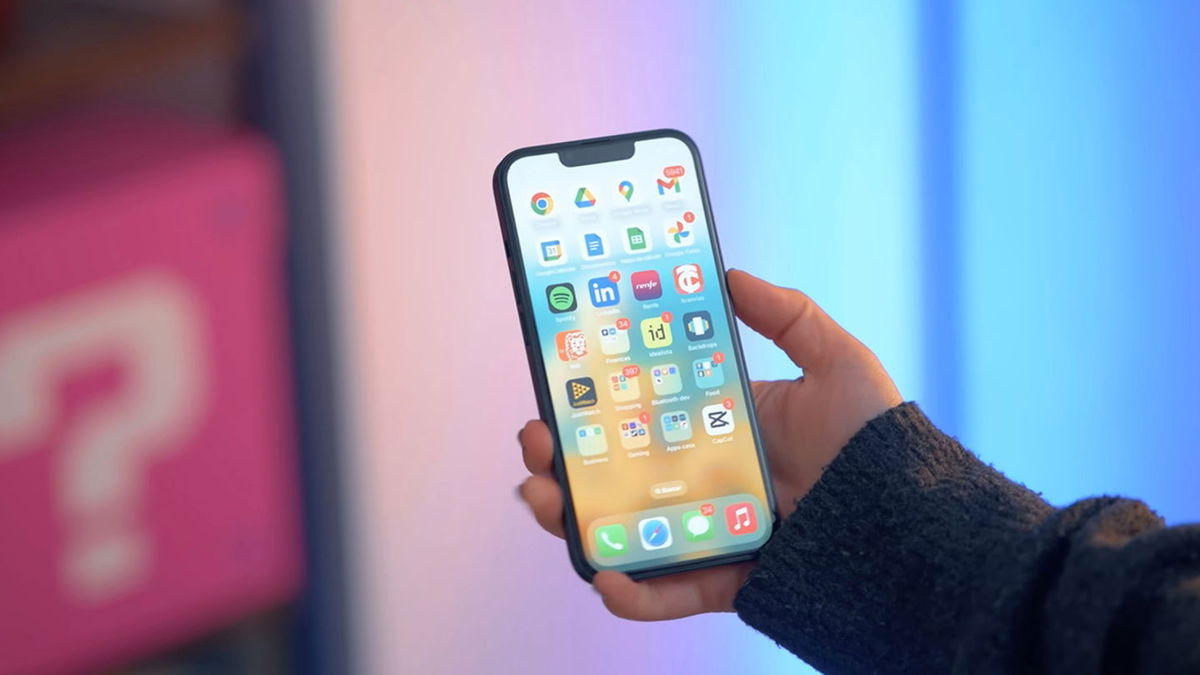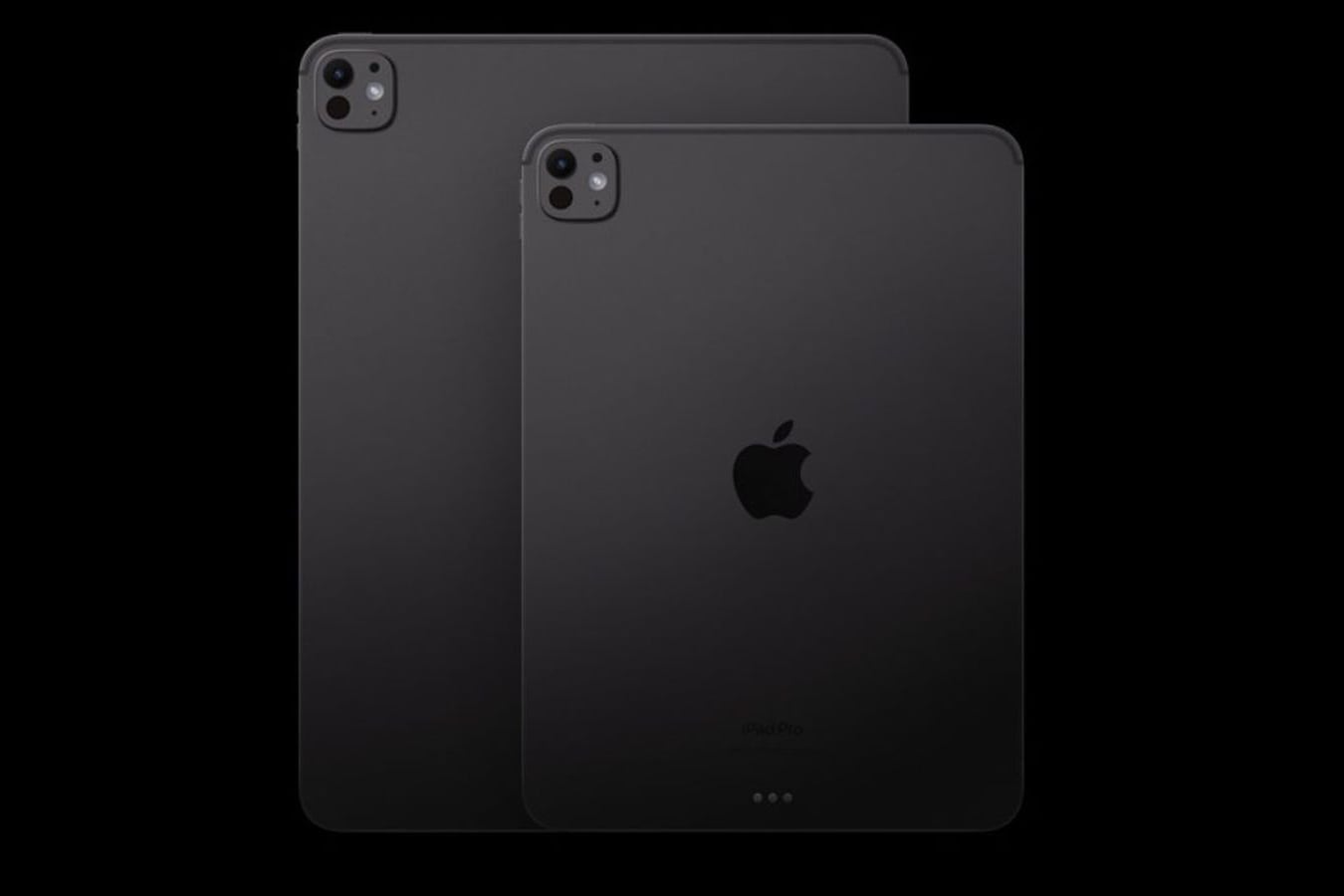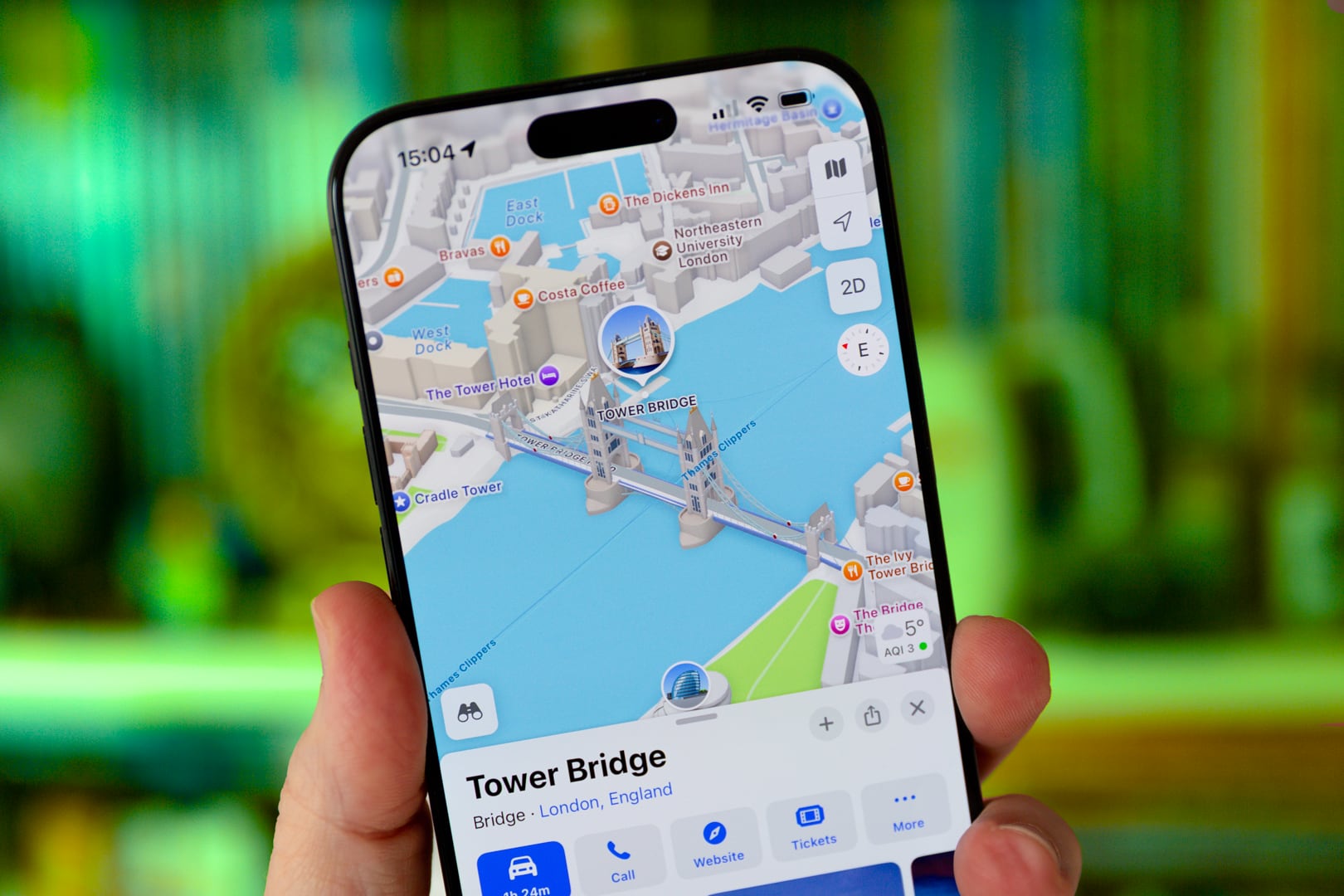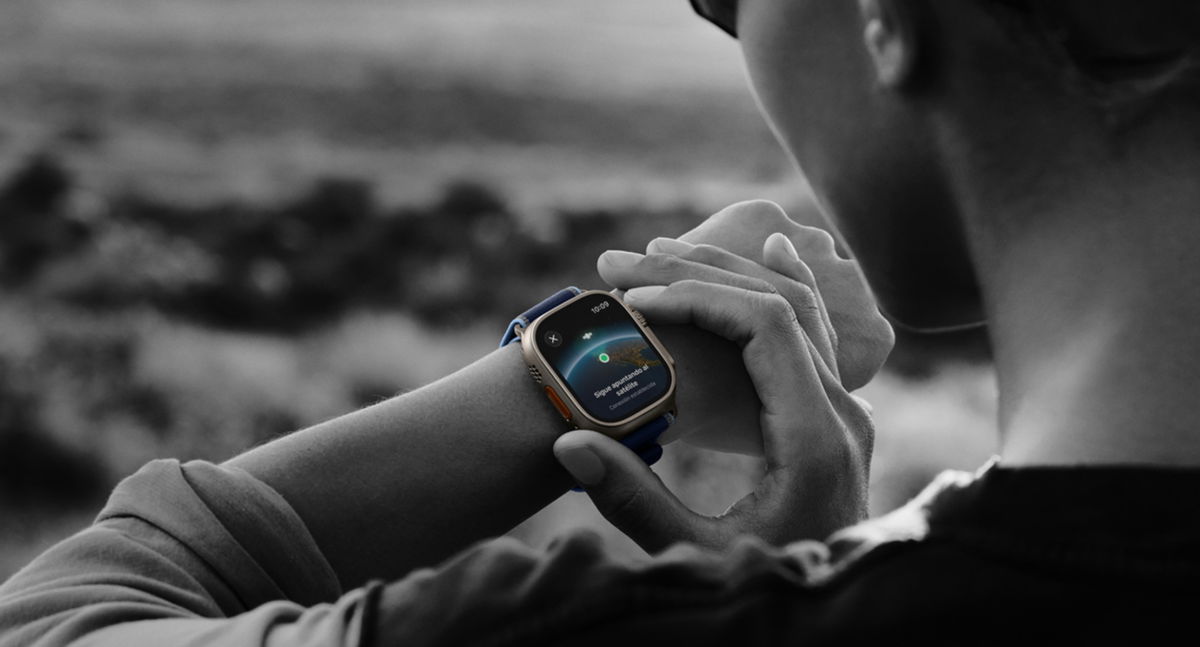Every year I hear about iPhone cameras, that nothing changes and what’s the point of getting them.
I agree, to some extent, making a comparison between top models with year-to-year differences is already unclear, but I don’t think that Apple themselves is doing this on this delivery.
Here the effect is rather cumulative.
At the end of November, I found myself with two smartphones from completely different eras.
iPhone 7 released in 2016, iPhone 14 Pro Max in 2022. Between as many as six technologies and an abyss.
And no matter how much people complain about the lack of improvements, the difference is colossal. Looking at the iPhone 7 was like being immersed in a dark, depressing past and instantly healed by looking at the result of modern times. promax.
Now you will see everything for yourself. But first, a quick look at the camera specifications available today.
The hardware in the iPhone 14 Pro Max after the iPhone 7 is at a completely new level
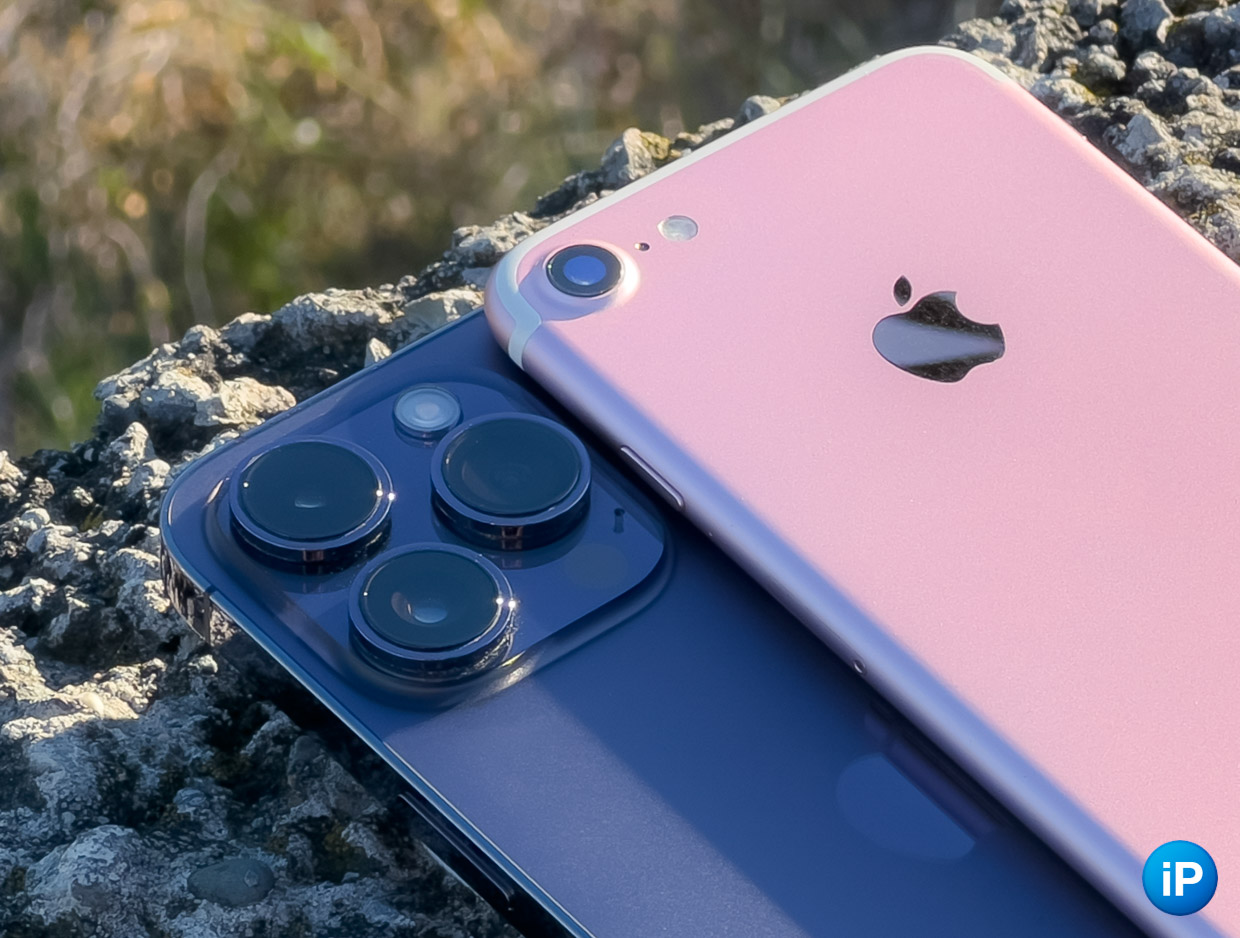
The main camera on the iPhone 14 Pro and iPhone 14 Pro Max has the same sensor and lens sizes as the iPhone 15 Pro (and Max) and iPhone 16 Pro (and Max).
Therefore, from the point of view of the optical result, we can say that we compare iPhone 7 even with current flagships.
iPhone 7 Specifications:
◍ Main 1x: analogue 28 mm, 12 MP, pixel 1.22 µm, sensor 1/3″, ƒ/1.8
iPhone 14 Pro Max Specifications:
◍ ABOUT. 1x: analog 24 mm, 48/12 MP, pixel 2.44 μm/1.22 μm, sensor 1/1.28″, ƒ/1.78
◍ Telephoto 2x: analog 48 mm, 12 MP, 1.22 µm pixel, 1/3″ sensor, ƒ/1.8, crop with main camera
◍ Telephoto 3x: analog 77 mm, 12 MP, pixel 1.0 µm, sensor 1/3.6″, ƒ/2.8
◍ Overhead 0.5x: analog 13 mm, 12 MP, pixel 1.4 µm, sensor 1/2.55″, ƒ/2.2
In short, in the iPhone 14 Pro Max the main camera is 4 times larger, the resolution is 4 times higher, and the viewing angle is 7 degrees greater when shooting horizontally.
But the main magic, of course, is the 6th anniversary of the existence of the HDR mode.
Let’s look at everything in order. Let’s start with the most noticeable difference.
Smart HDR makes an immediate difference


On the left is a photo from an iPhone 7, on the right from an iPhone 14 Pro Max


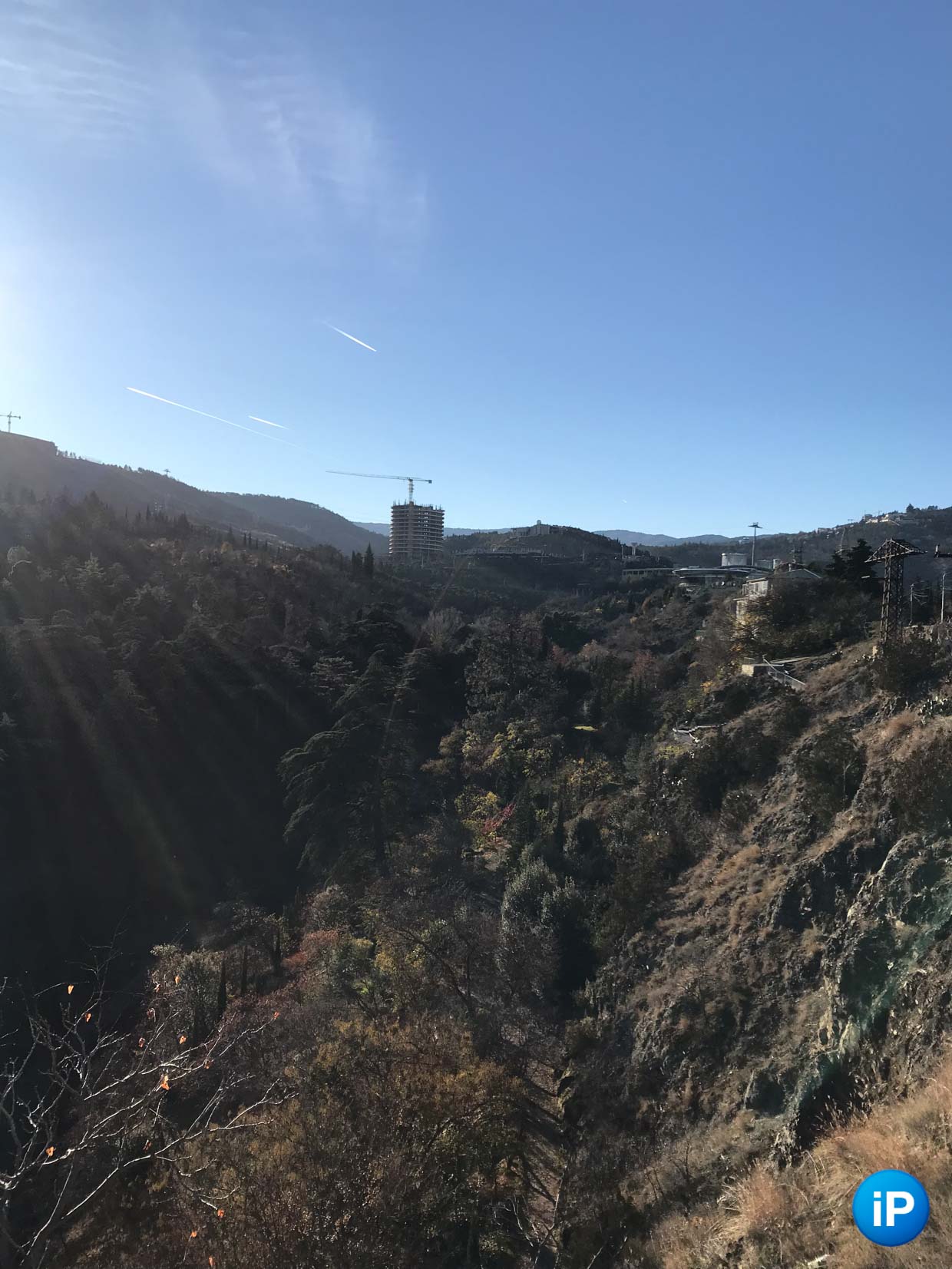
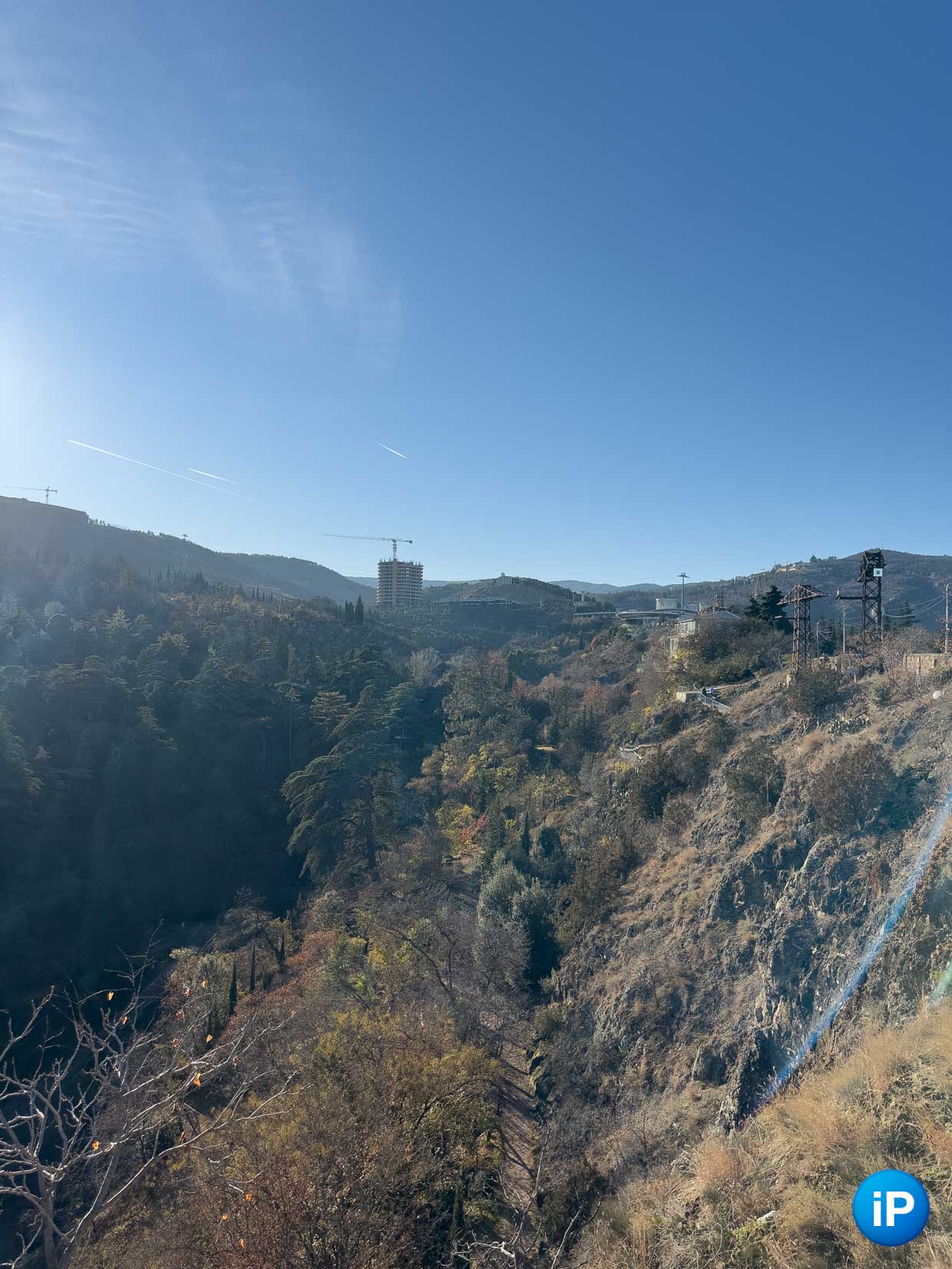
On the left is a photo from an iPhone 7, on the right from an iPhone 14 Pro Max
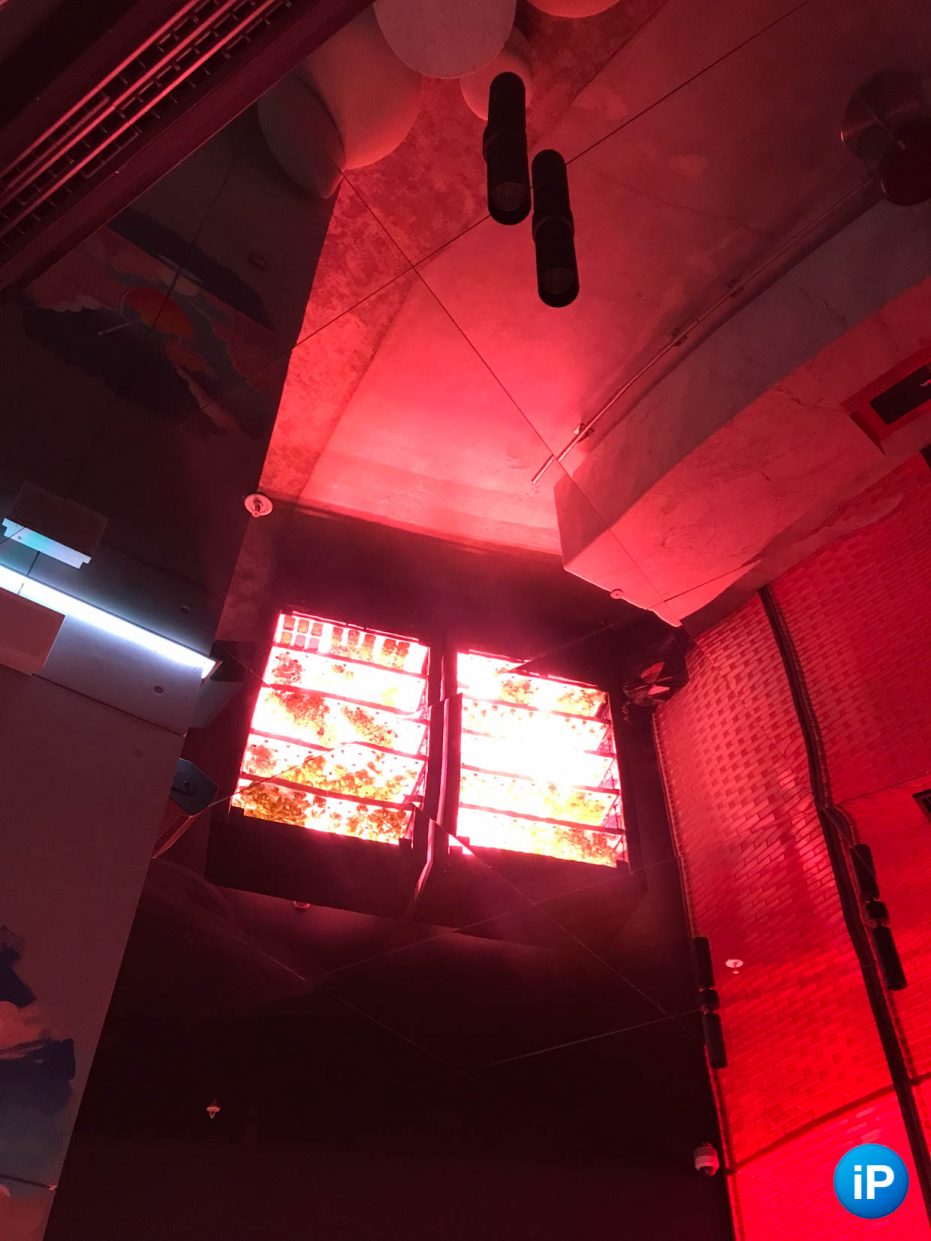
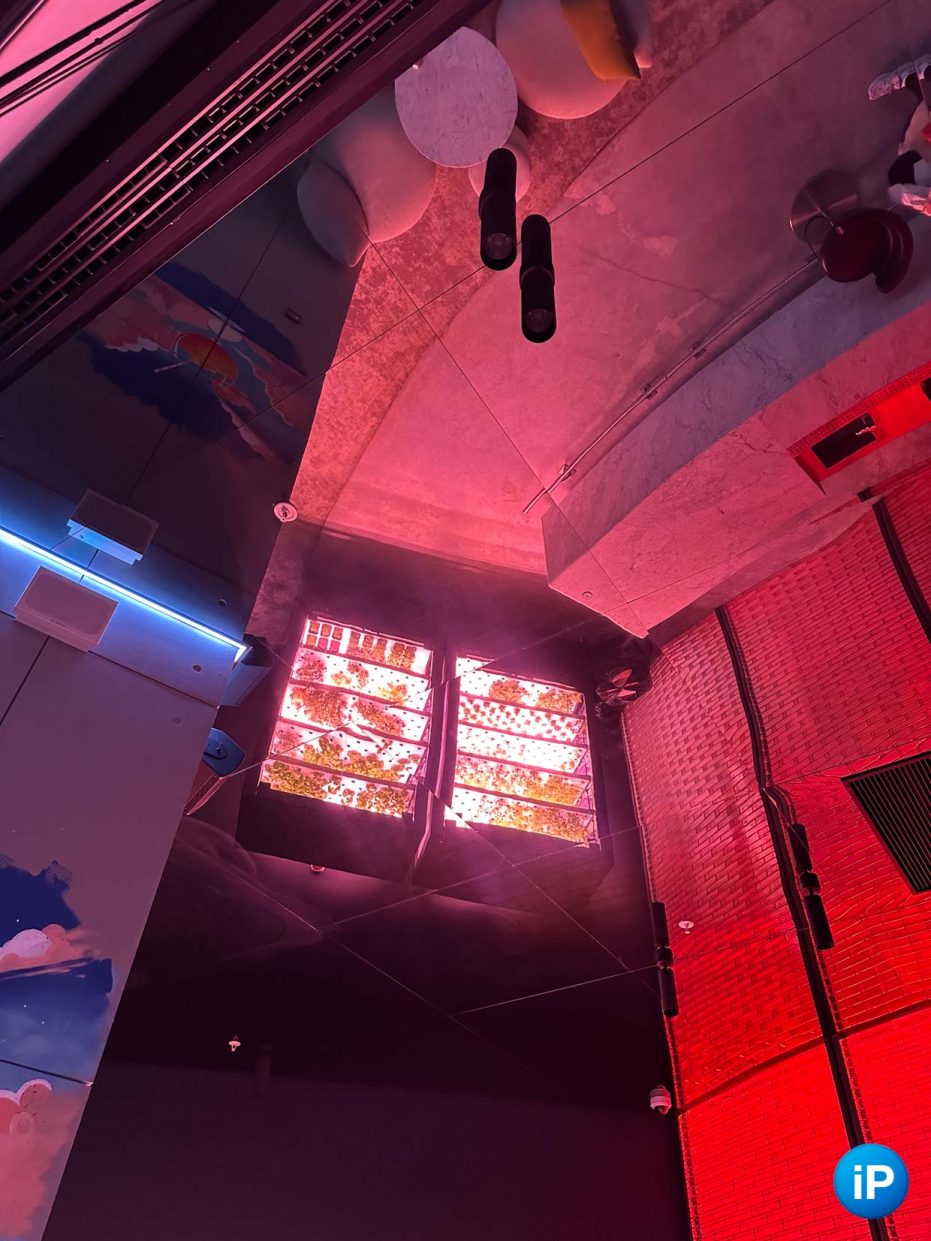

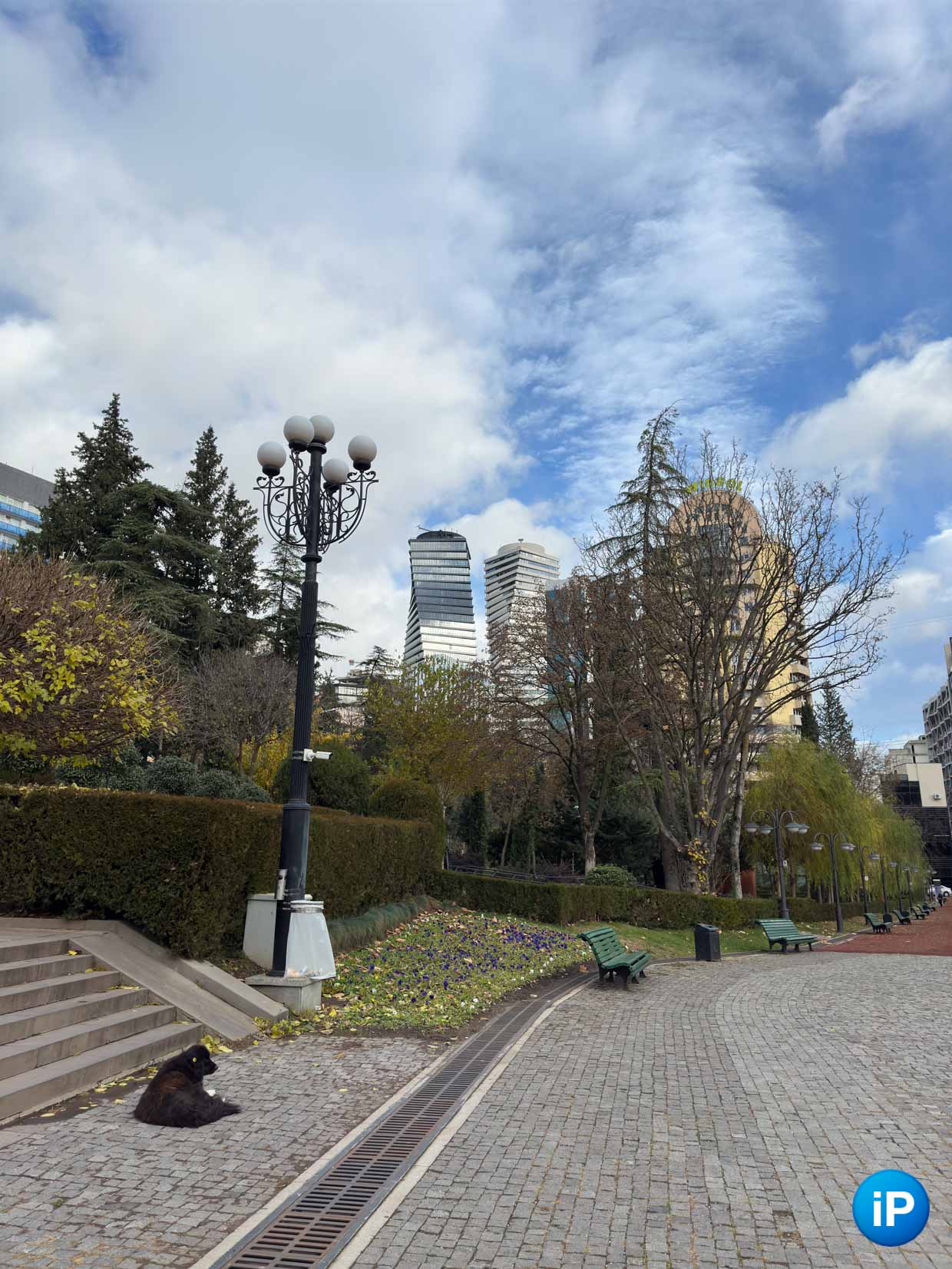
On the left is a photo from an iPhone 7, on the right from an iPhone 14 Pro Max
You can instantly see that the iPhone 14 Pro Max shoots much brighter and more vividly.
In iPhone 7, HDR mode can be turned on or off; it does not always work automatically.
The iPhone 14 Pro Max doesn’t have that option.
The out-of-the-box model is shot in the form of Smart HDR 4 (gluing together dark and light areas) with support for Deep Fusion (combining multiple photos for greater detail) and Photonic Engine (extracting details from uncompressed frames). Read more about these opportunities here.
We show how an iPhone camera takes pictures without enhancements. Turned off the results, thinking

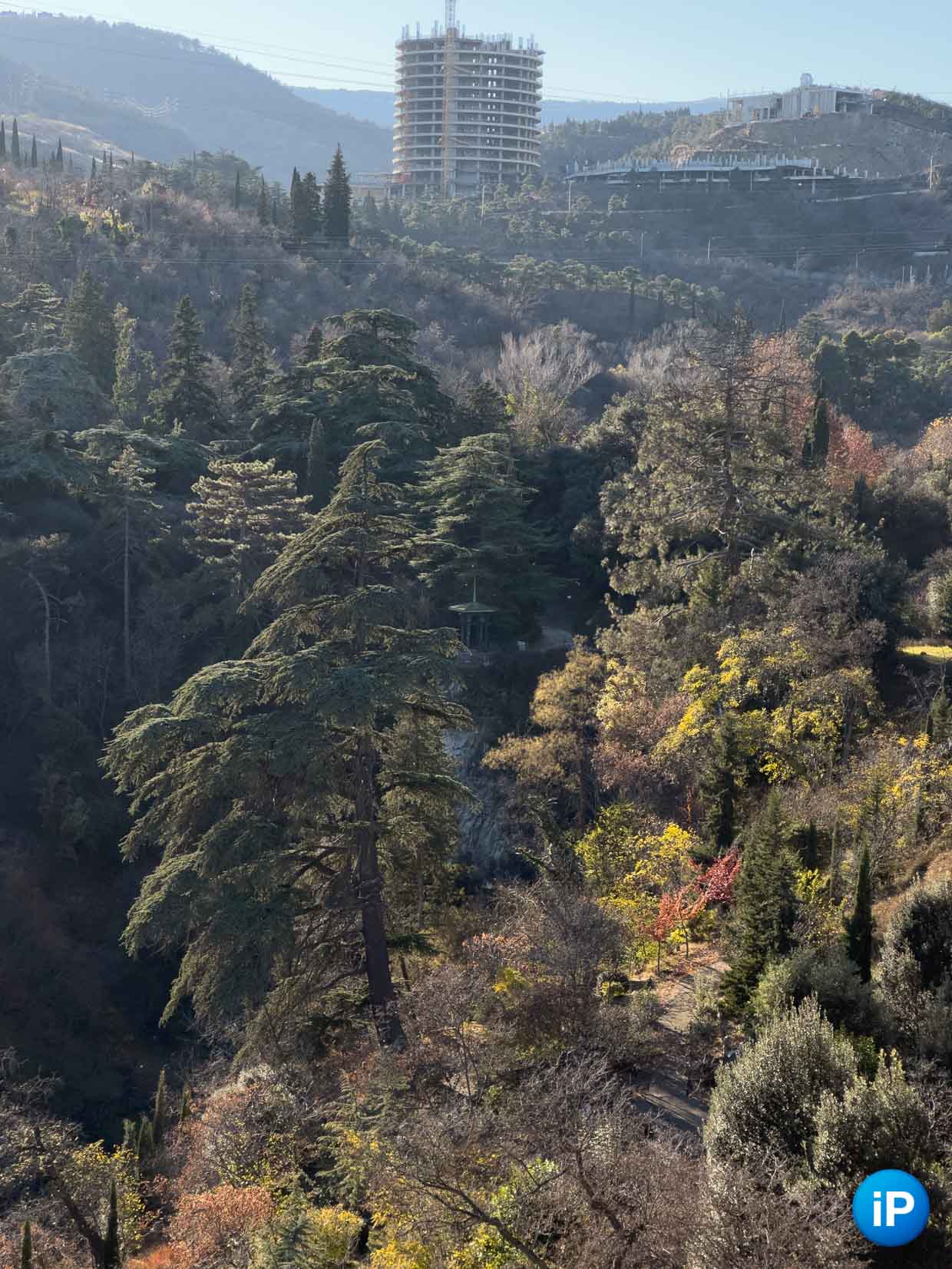
On the left is a photo from an iPhone 7, on the right from an iPhone 14 Pro Max. Zoom x2
Here you can see how deep shadows are achieved in the iPhone 7. For some reason, only this model of all Apple smartphones has this signature signature.
The difference is difficult to see only on the street, when there are no direct rays of light. In cloudy weather, for example, the iPhone 7 copes an Alike a top smartphone.
For example, if you do not take into account the viewing angle, the stone lions shot with the iPhone 7 look just as good as in the frame with the iPhone 14 Pro Max.
By the way, the viewing angle also seriously affects the final result.
iPhone 14 Pro Max shoots much more even with the main camera

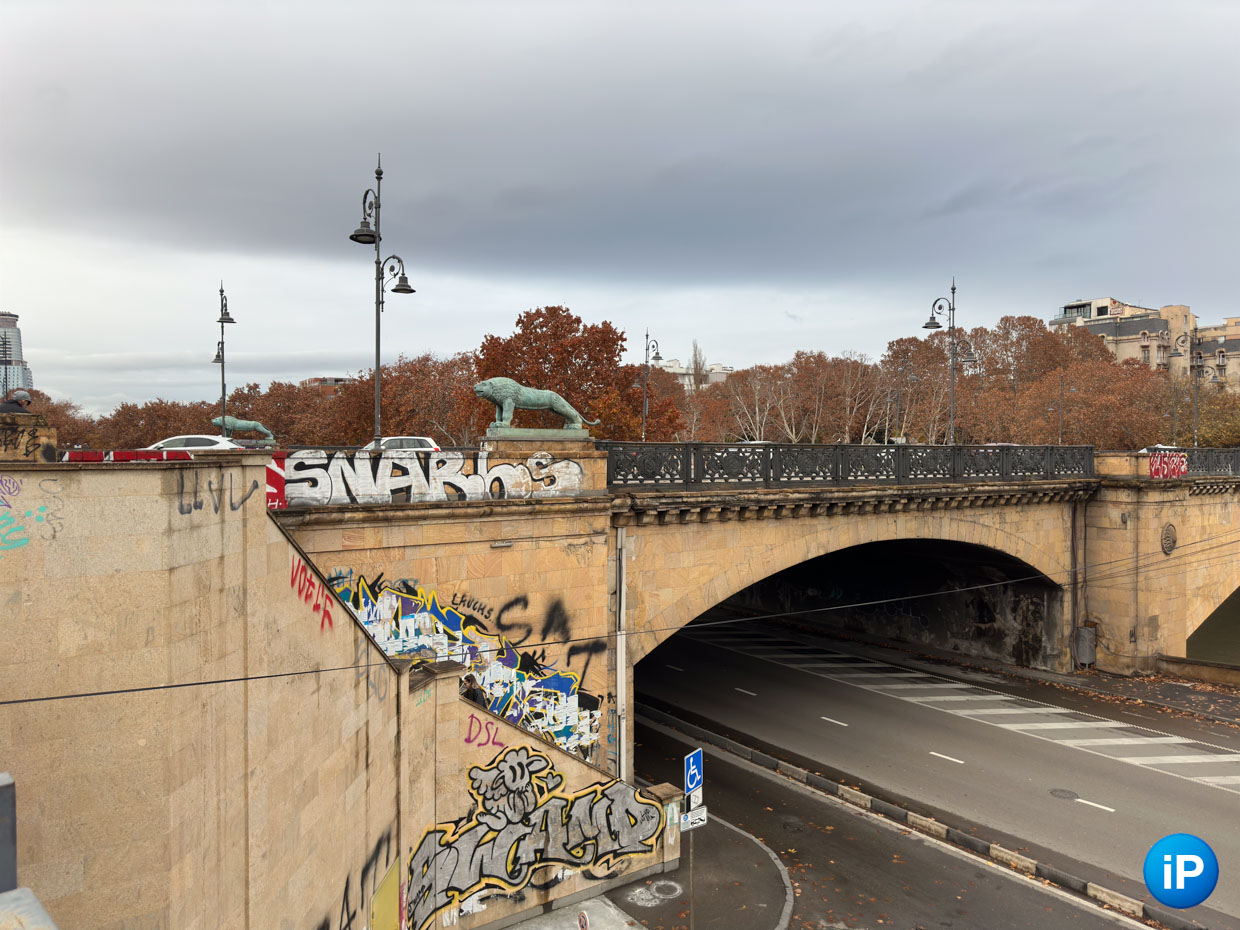
On the left is a photo from an iPhone 7, on the right from an iPhone 14 Pro Max
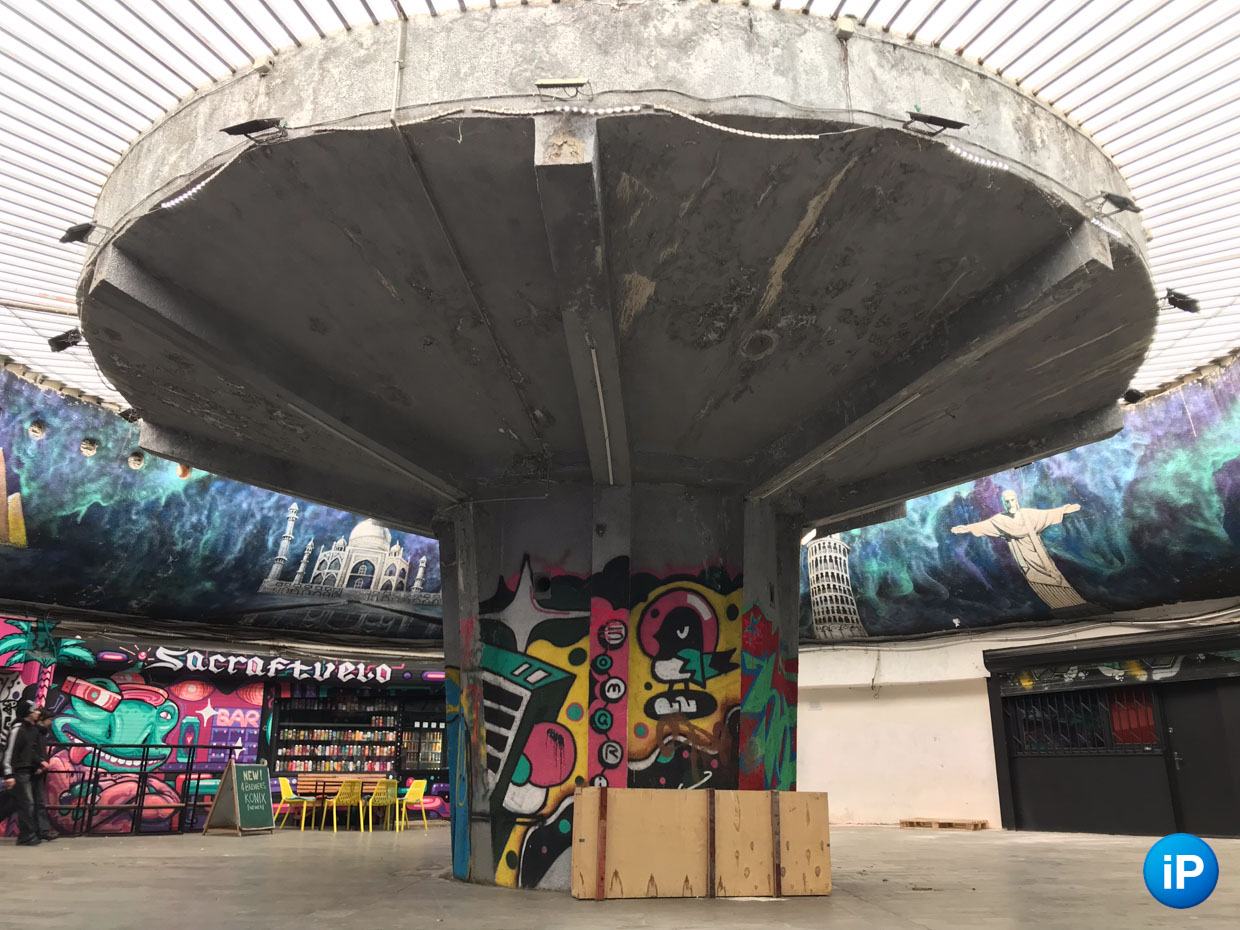
iPhone 7
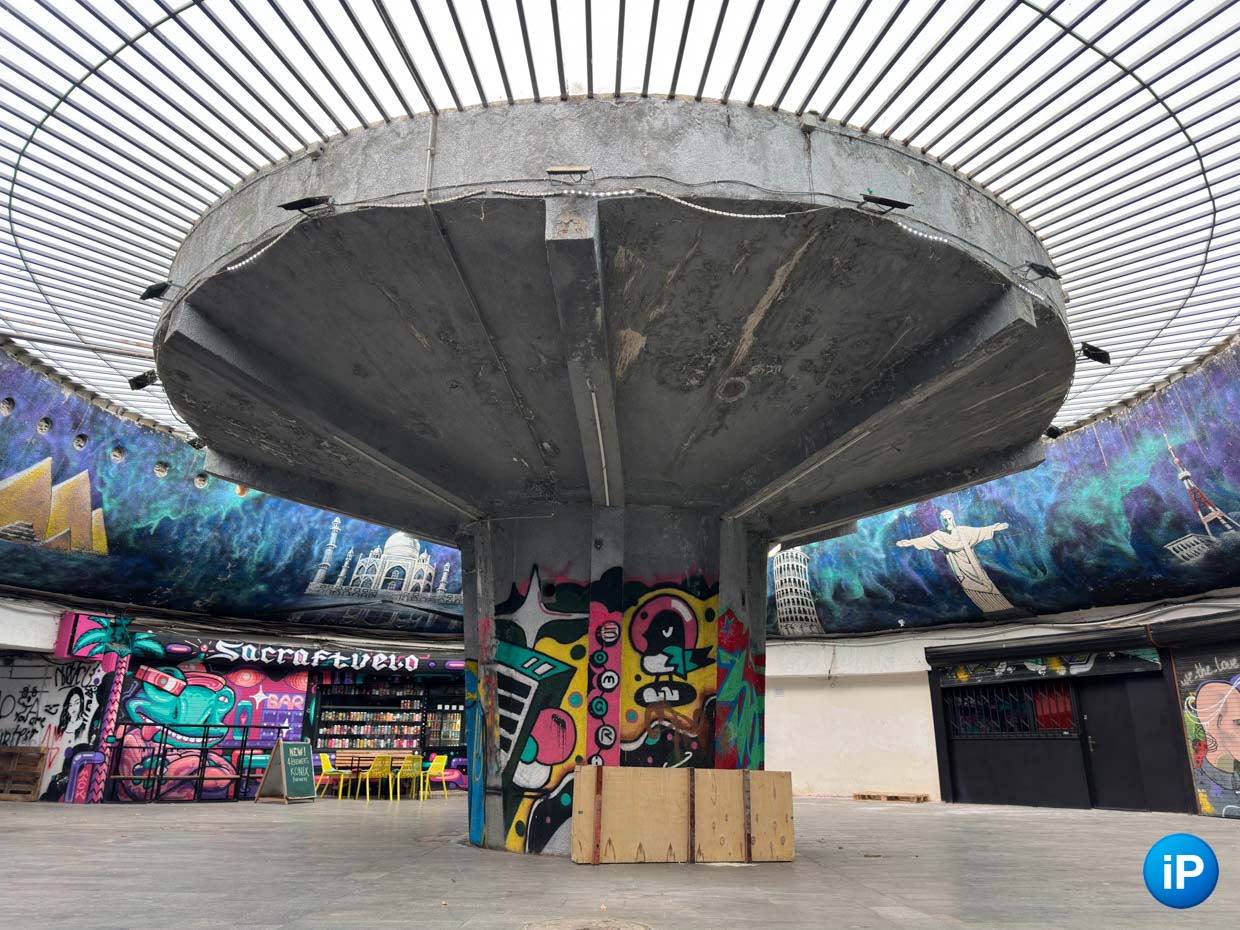
iPhone 14 Pro Max, basic
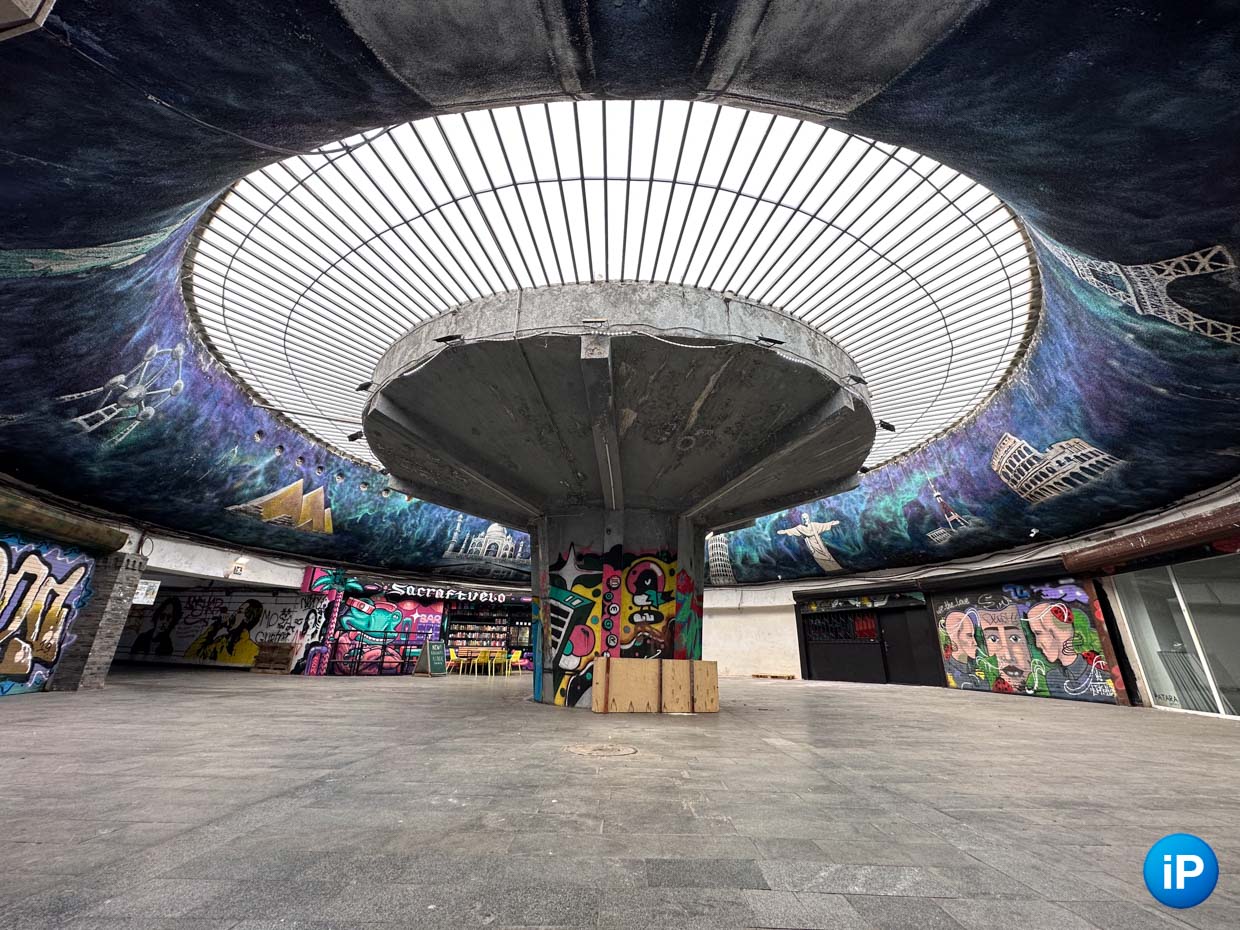
iPhone 14 Pro Max, ultra wide angle
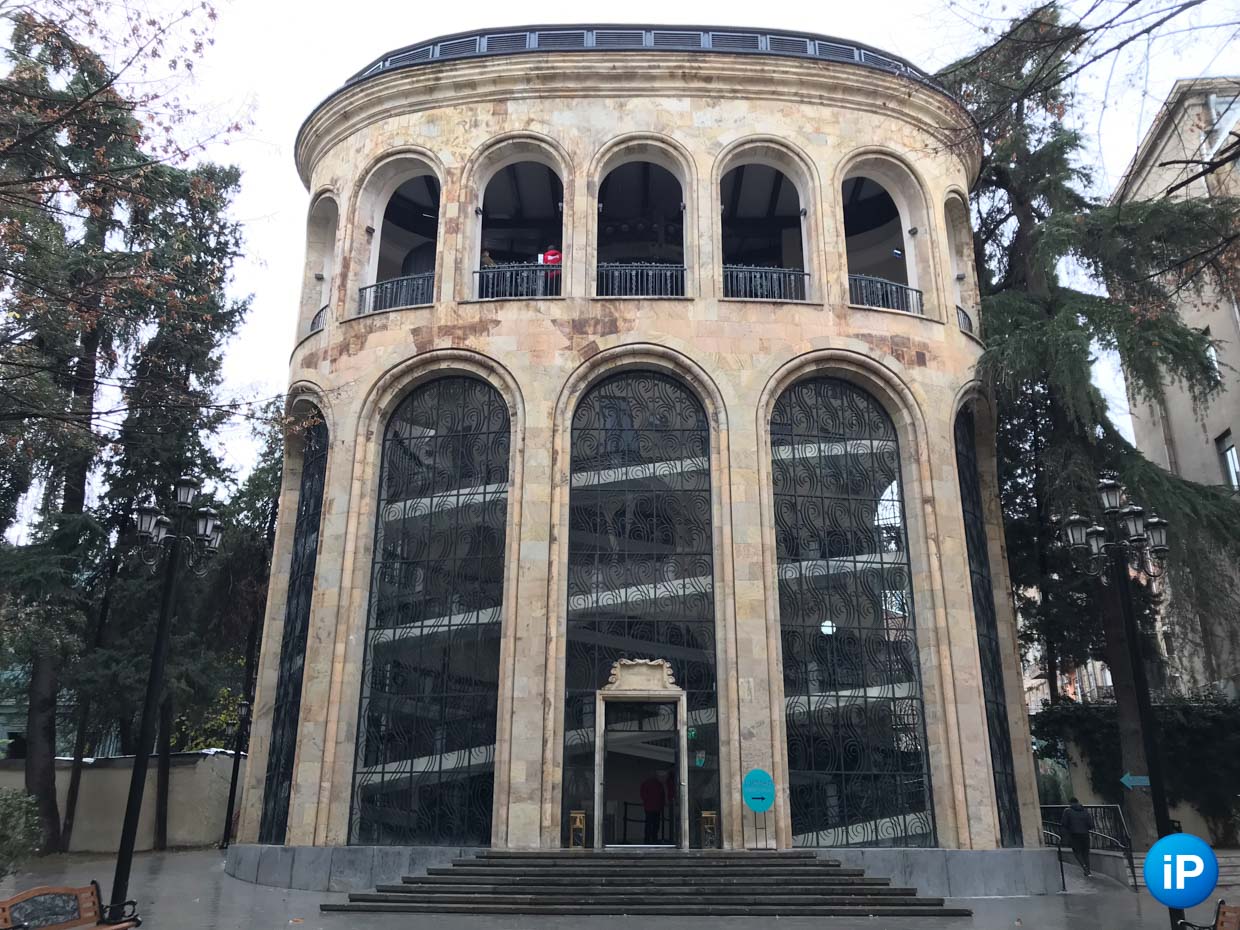
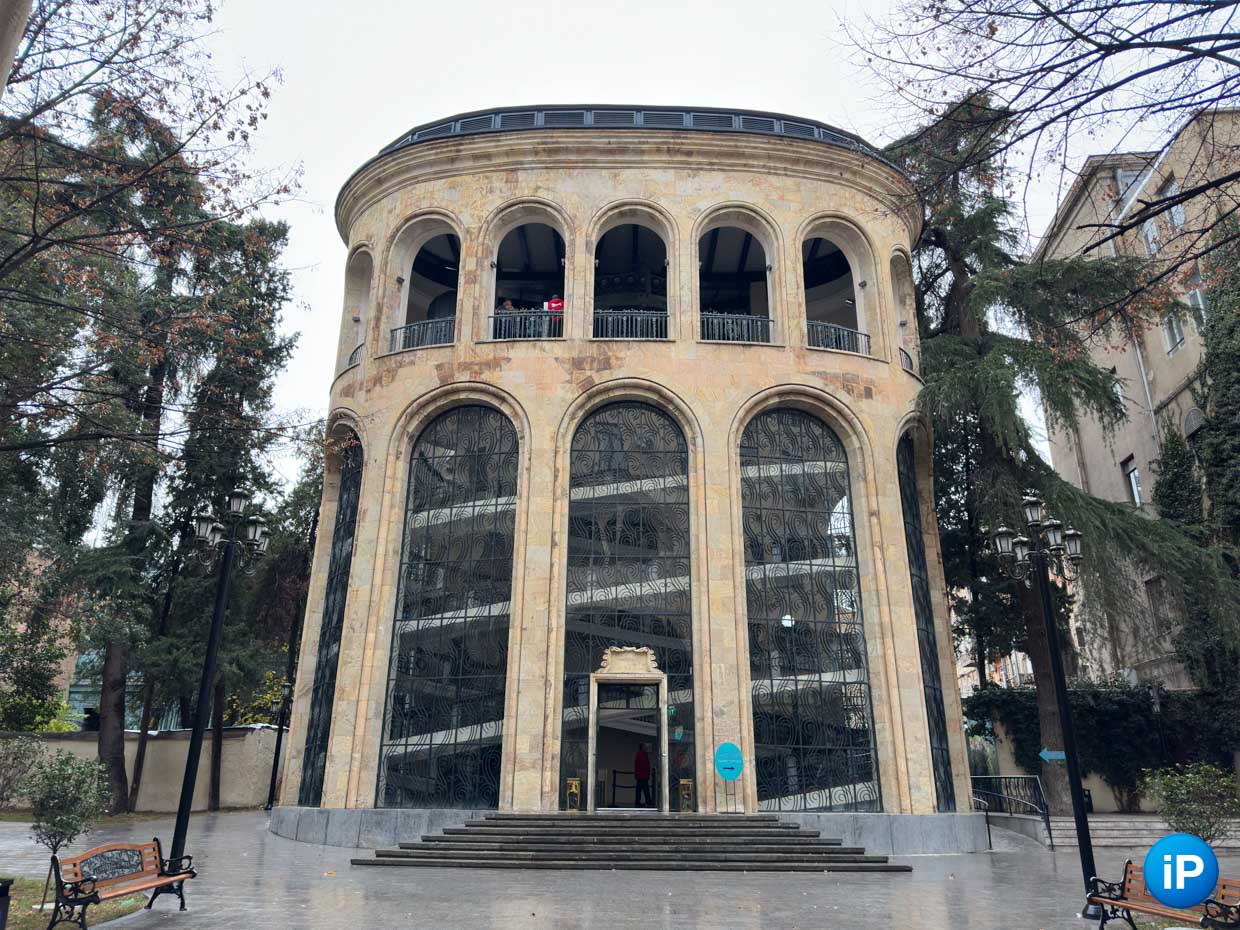
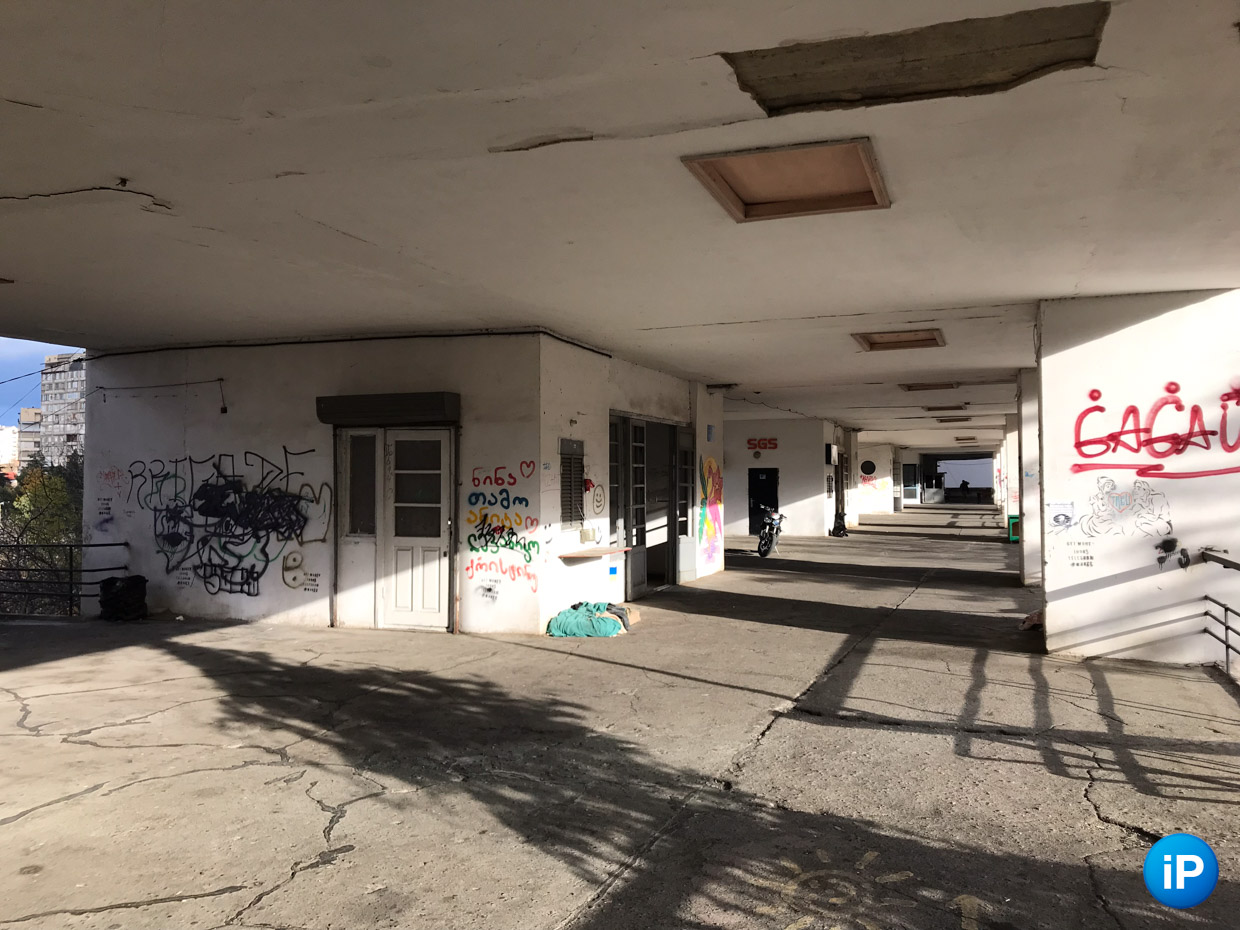
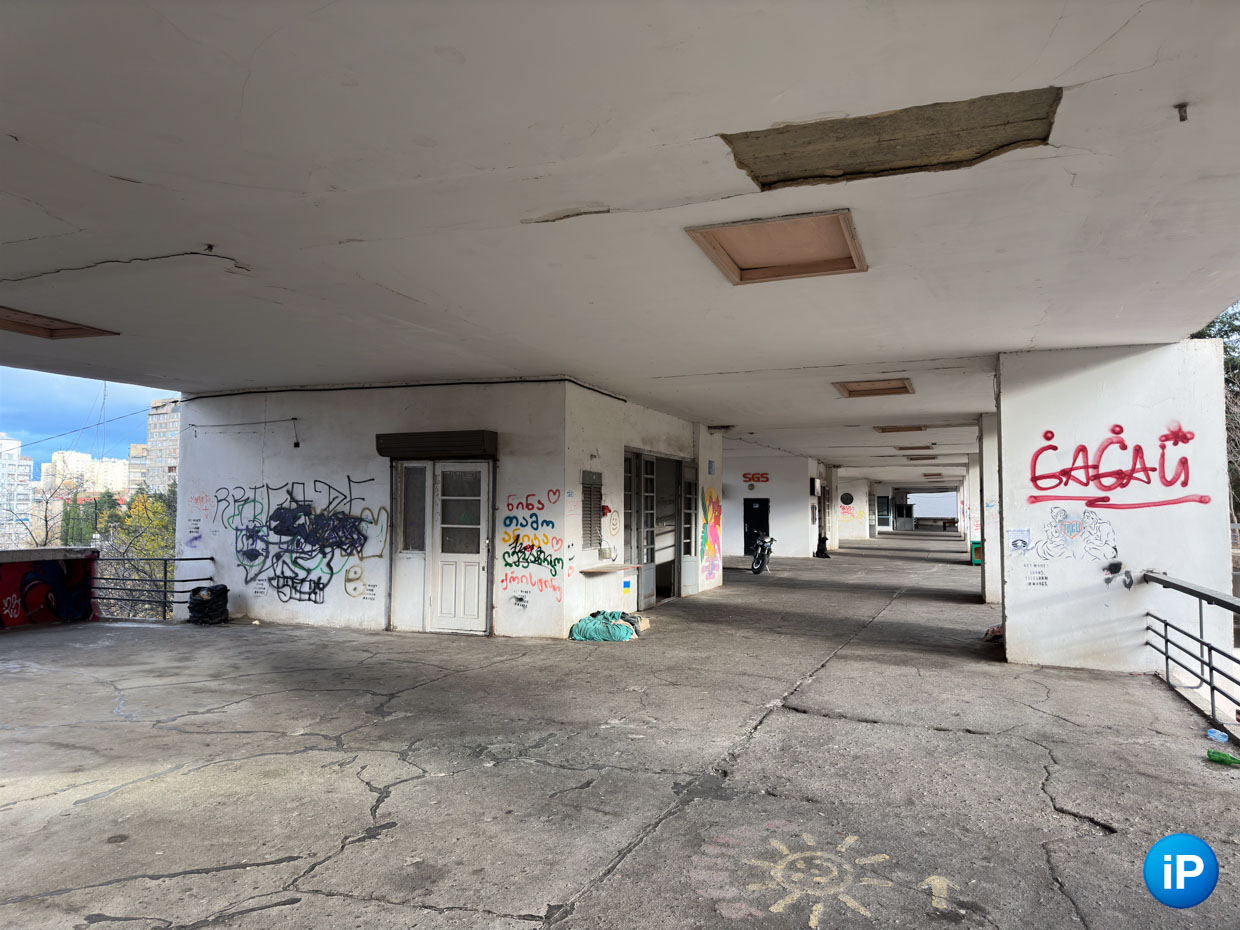
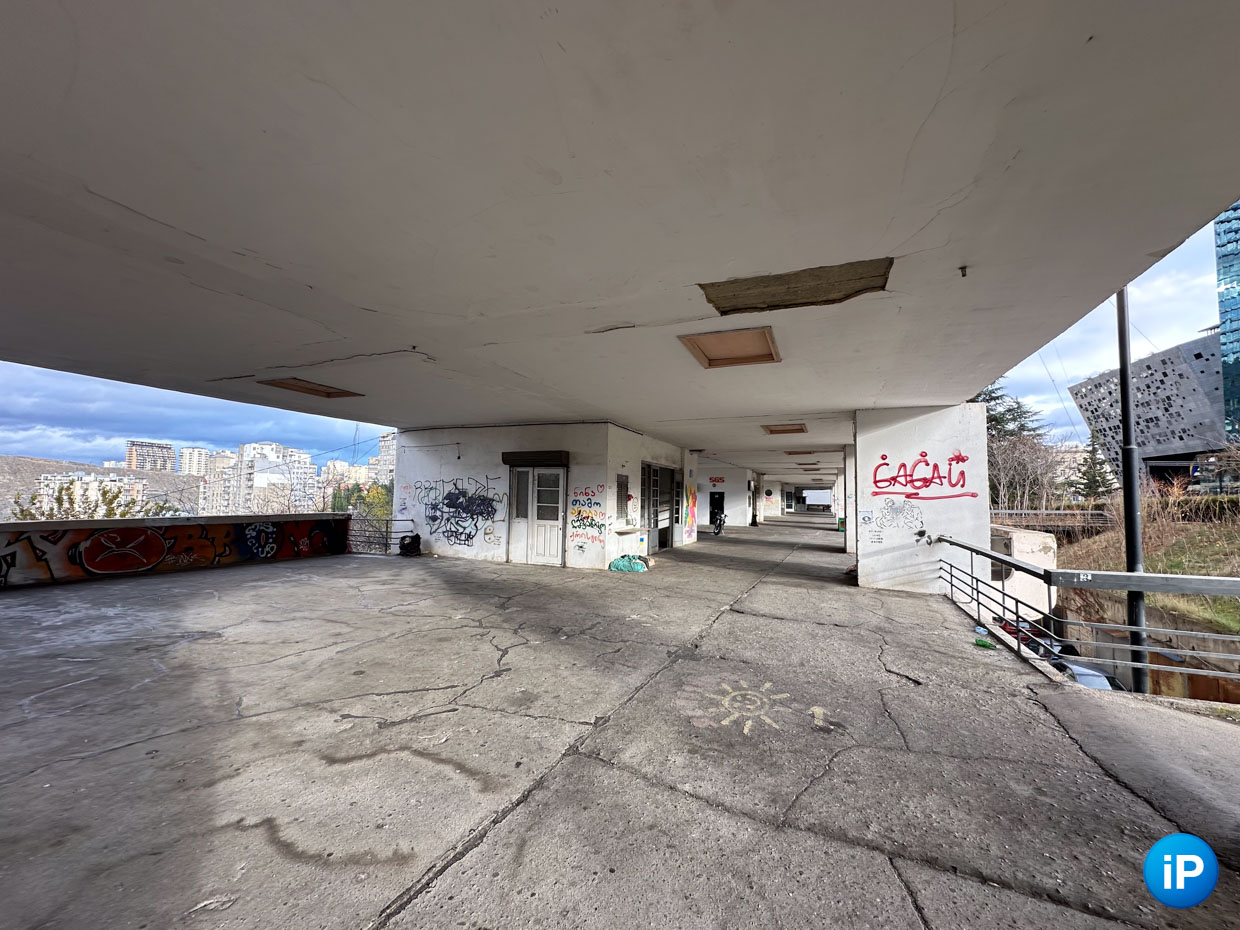
Knowing which photo is which is easy because the iPhone 14 Pro Max captures so much more with the main camera.
In the iPhone 7, the lens equivalent focal length is 28mm, which gives a viewing angle of approximately 65° horizontally.
In the iPhone 14 Pro Max, the focal length is already 24 mm, which corresponds to approximately 74°, that is, almost 9 degrees more.
This has both pros and cons. At these resolutions on the iPhone 7, we get more detail in the same areas of photos because it shoots slightly larger subjects. But less of what’s around fits into the frame.
On the other hand, determining the degree did not make any sense because the iPhone 14 Pro Max has an ultra-wide-angle camera.
Overall, I’m not a fan. The lens with 26 mm photos on the iPhone 13 Pro is higher than last year’s last year, and the current iPhone 16 is head over heels, so here I like the iPhone 7 better.
Comparison of iPhone 16 and iPhone 13 Pro cameras. I’m surprised it’s finally possible to occupy the property
The 48 MP and large sensor of the iPhone 14 Pro Max tore apart the iPhone 7






On the left is a photo from an iPhone 7, on the right from an iPhone 14 Pro Max. The photo is brighter, the blur is stronger on the right because the iPhone 14 Pro Max sensor is larger
The sensor in the main camera of the iPhone 7 is exactly 4 times smaller than in the iPhone 14 Pro Max. In the iPhone 7 it is 1.22 microns versus 2.44 microns in the iPhone 14 Pro Max: the comparison here is squared, because we are talking about area.
This means that when we zoom in twice the frame on the iPhone 14 Pro Max, we get photos of the same resolution as those taken with the main camera of the iPhone 7 without zoom.
It also significantly reduces noise on the iPhone 14 Pro Max when shooting at the same ISO sensitivity.


On the left is a photo from an iPhone 7, on the right from an iPhone 14 Pro Max. Photos are brighter because the touch camera is much larger
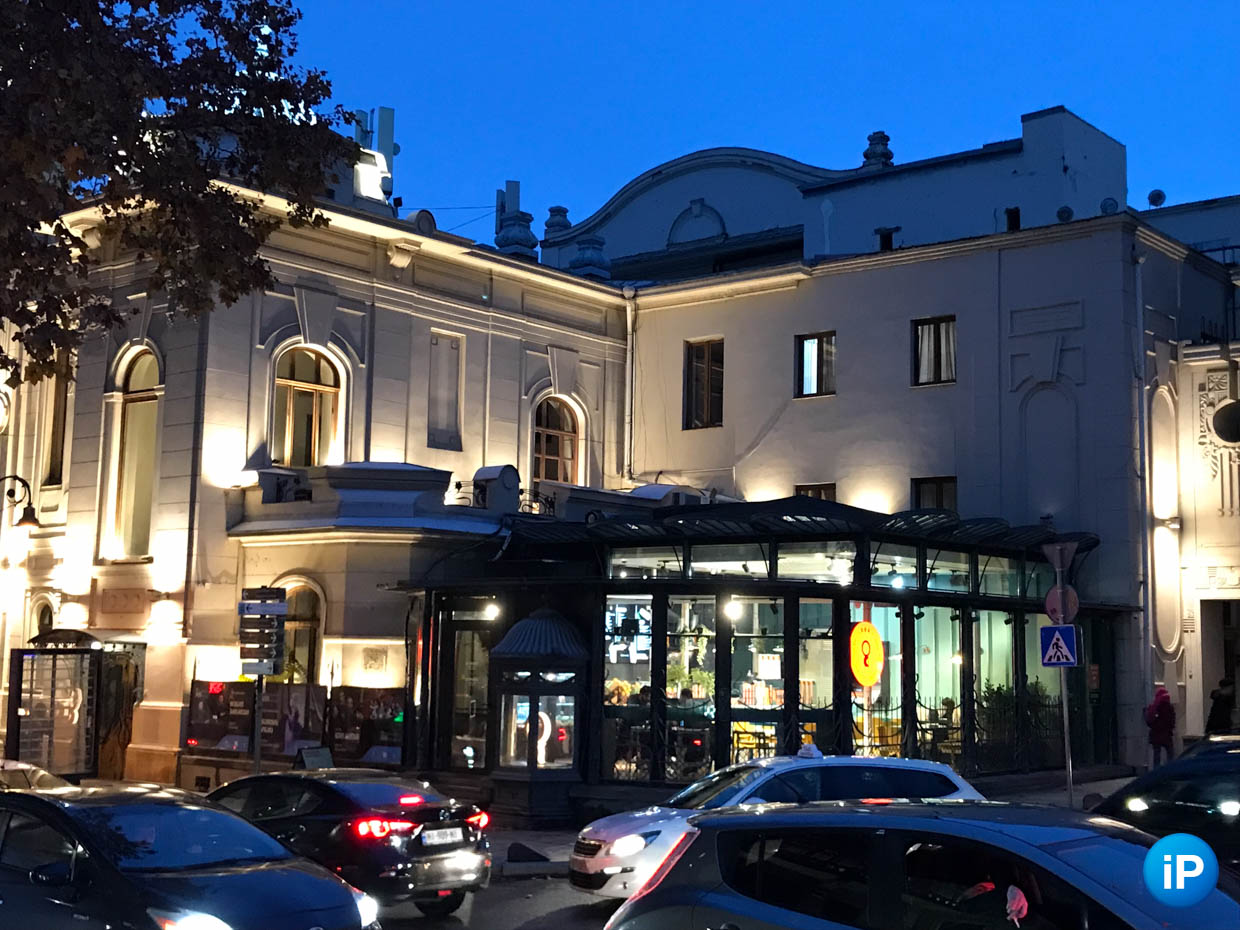

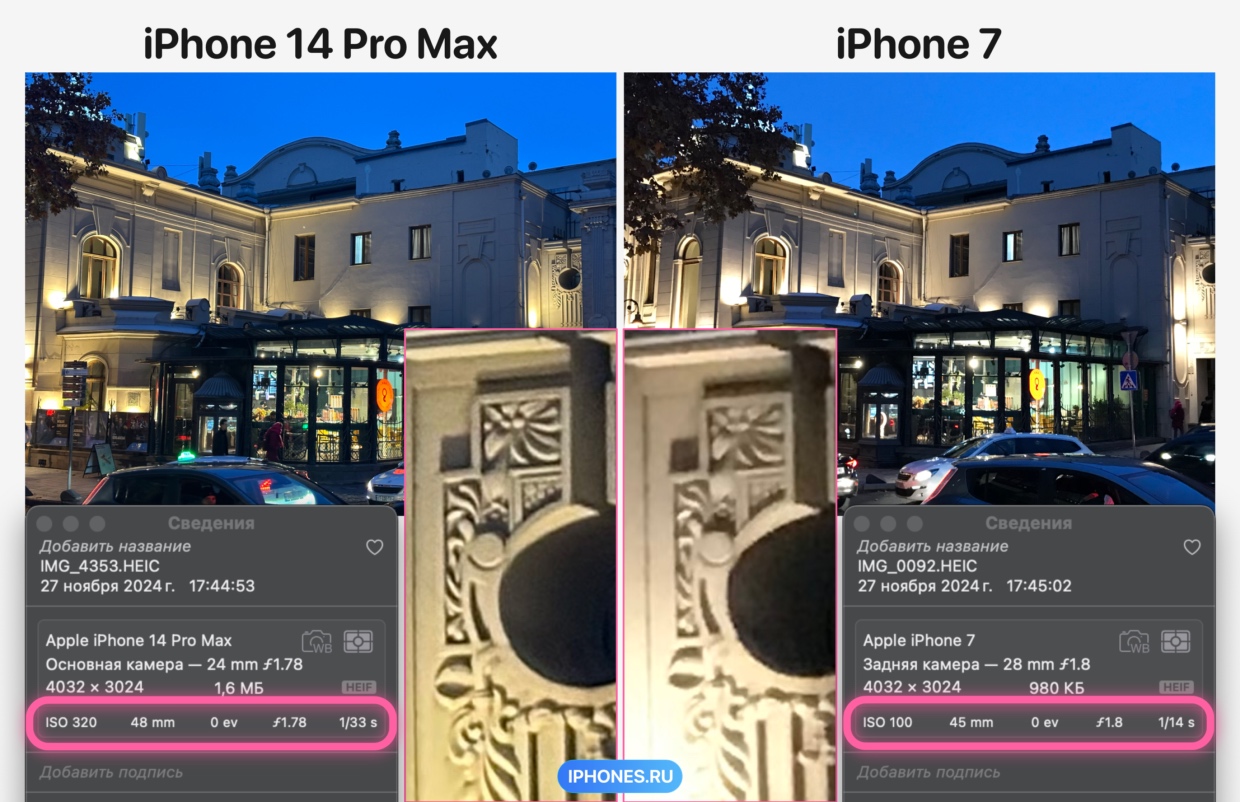
This is necessary so that the photos are clearer and do not require an aggressive noise reduction algorithm.
Looking at the shooting data, it is clear that the iPhone gets this trick very often.
For example, in the evening, less “noise” allows the iPhone 14 Pro Max to prioritize endurance and thereby avoid blurriness from shaking hands. If he chooses ISO 320 and a shutter speed of 1/33, then the iPhone 7 is forced to shoot at a lower ISO 100 and therefore slow down the shutter speed to 1/14.
As a result, it turns out that with the same aperture lens and total pixel, the photographs turn out much better, because their matrix is much larger, and the matrix uses more light.
Let’s focus on detail thanks to 48 MP.
permission
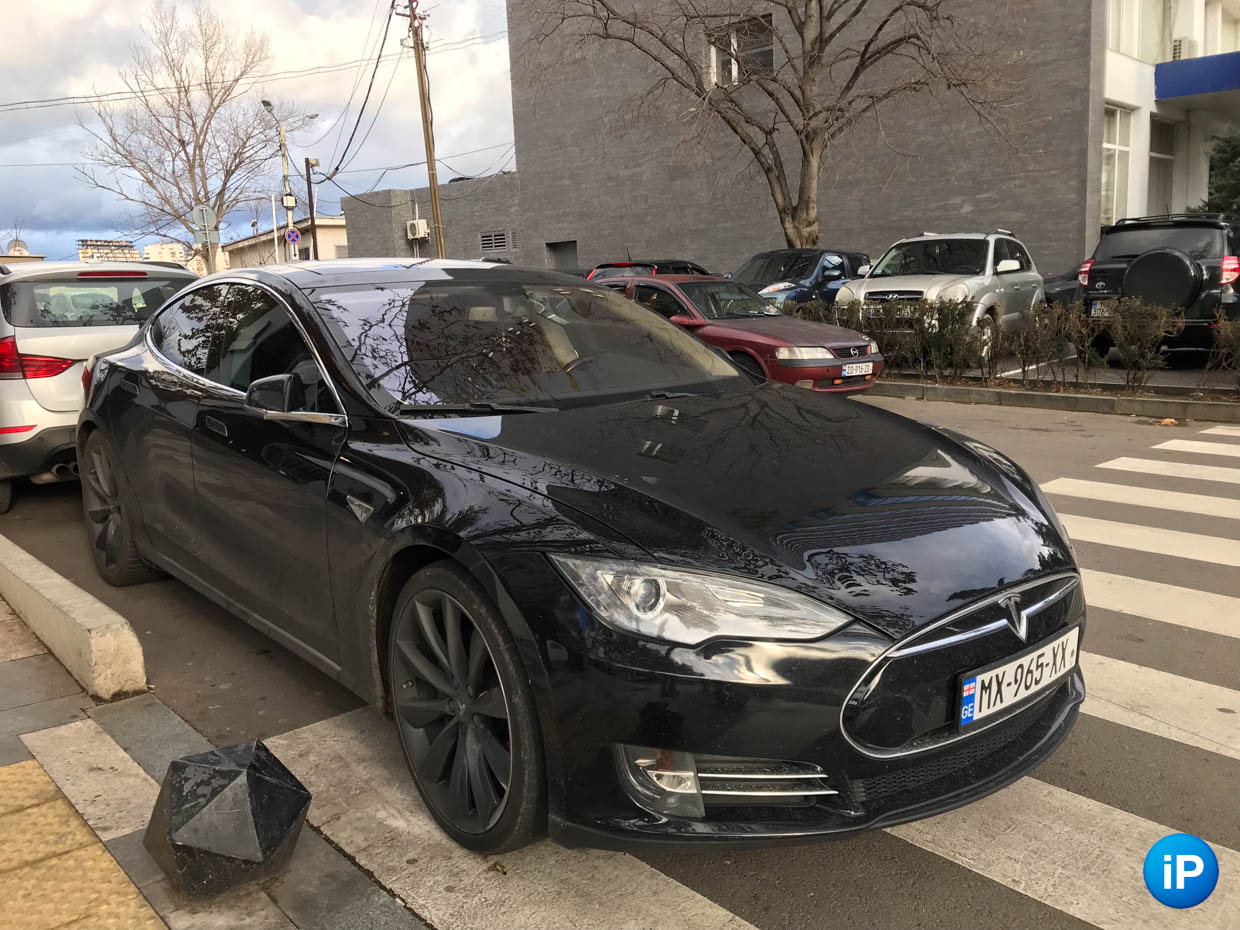
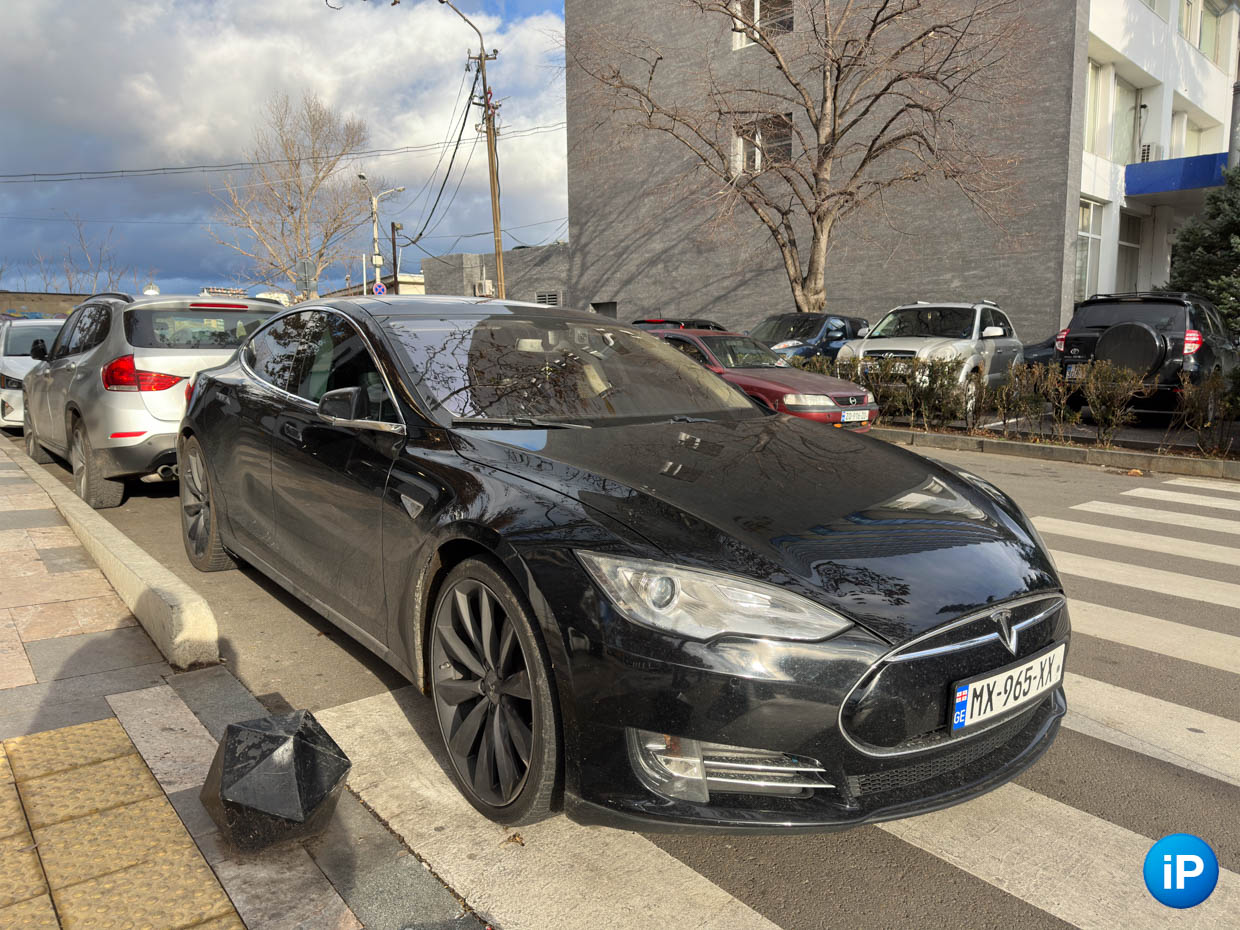
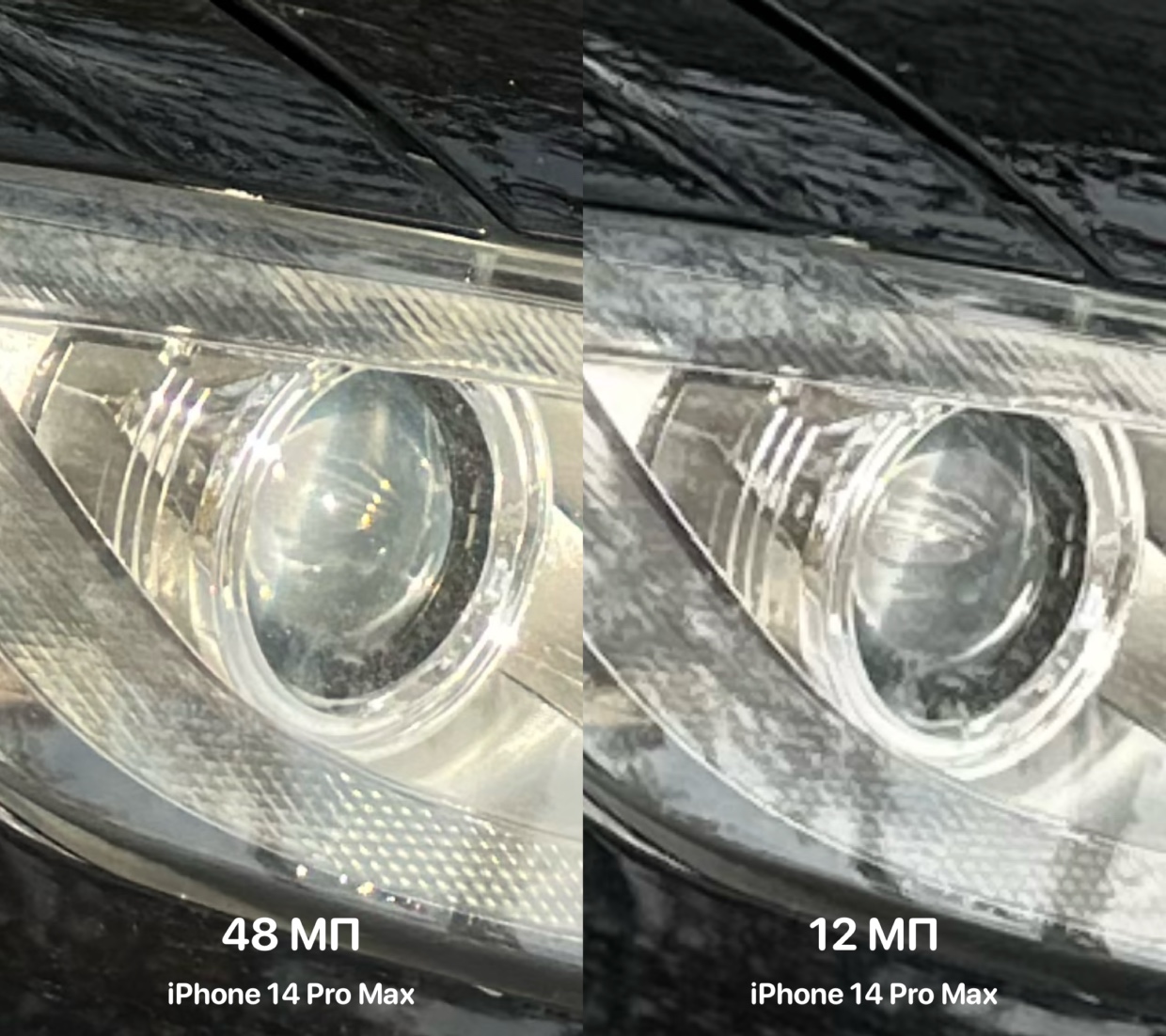
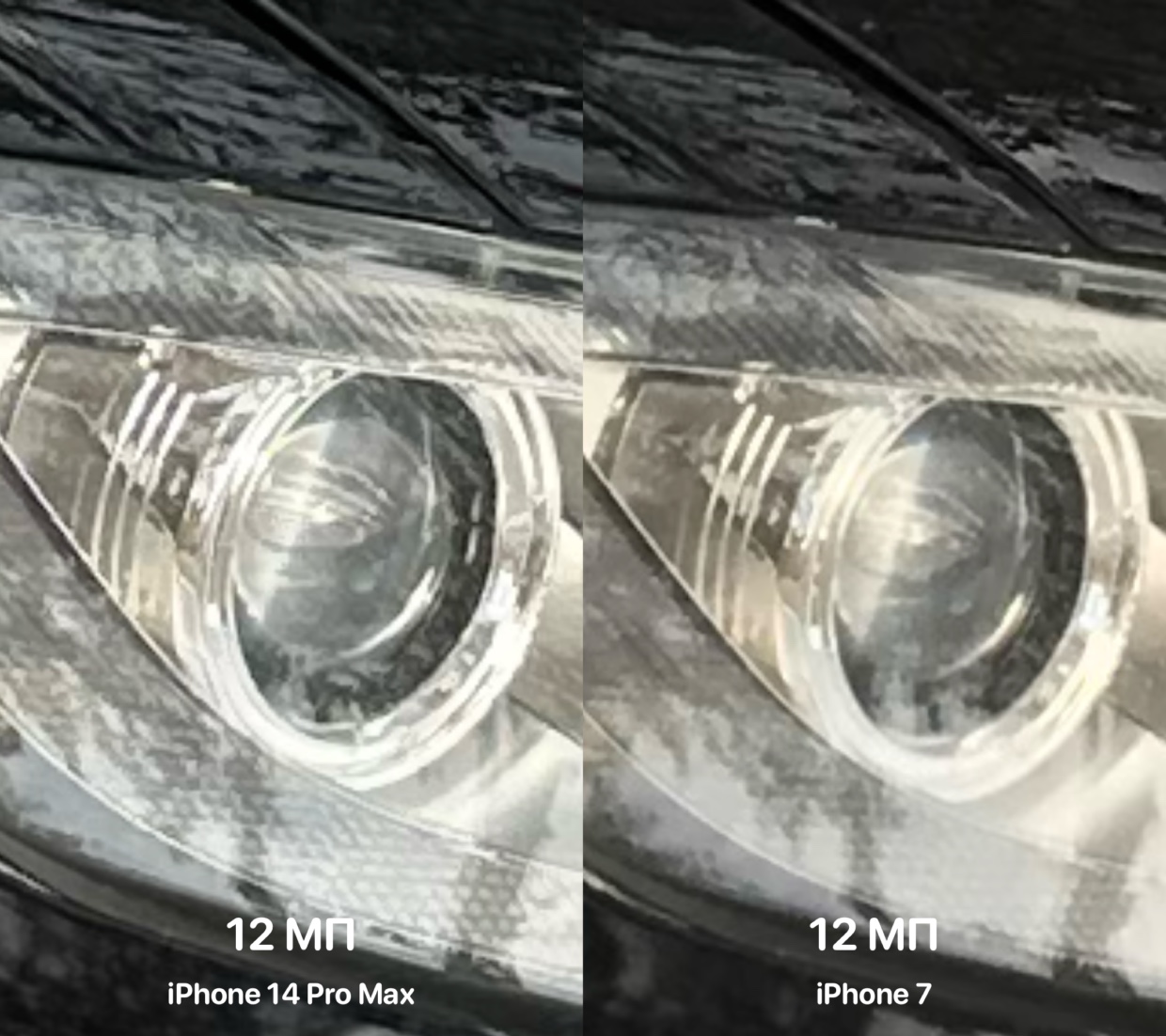
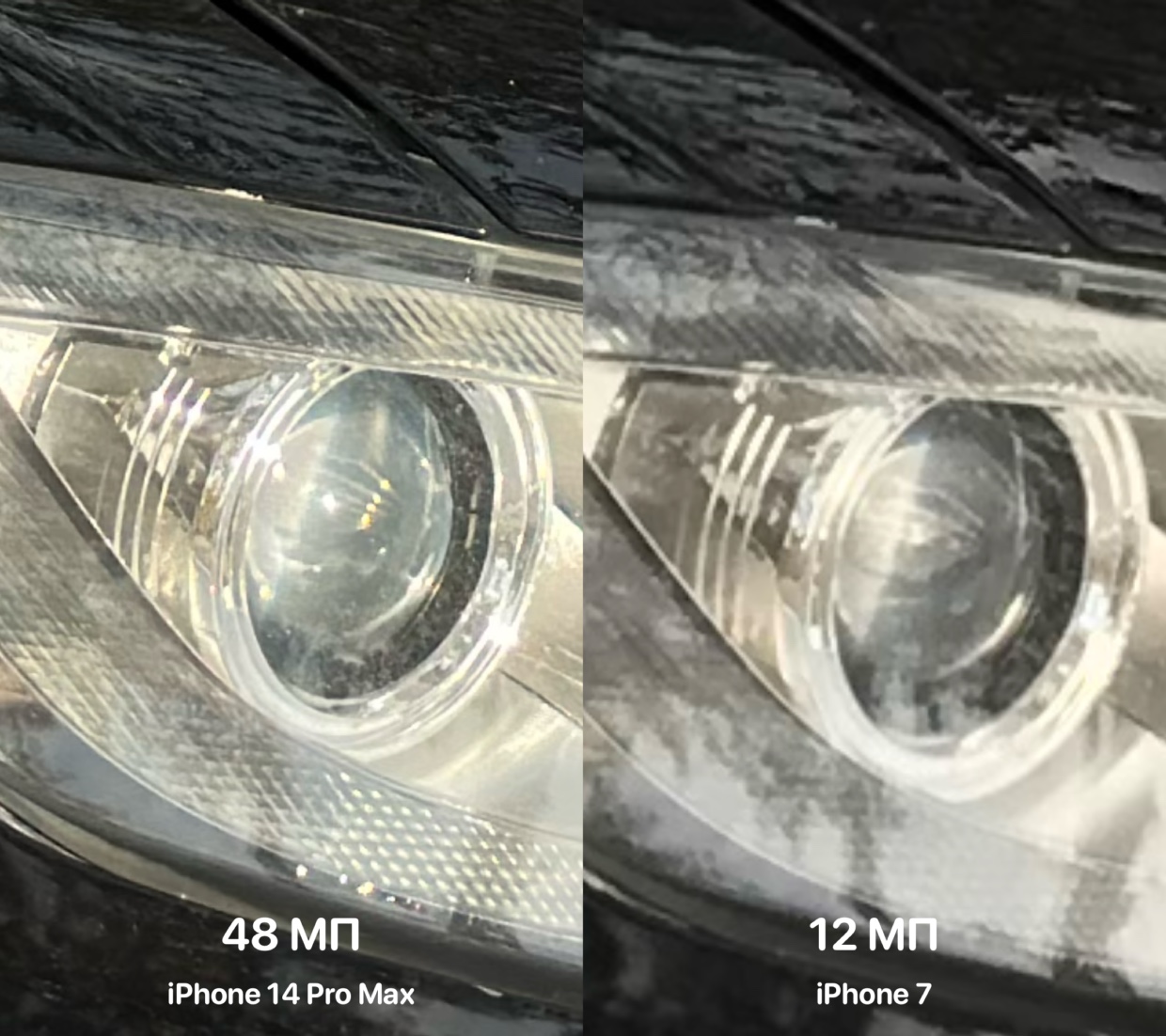
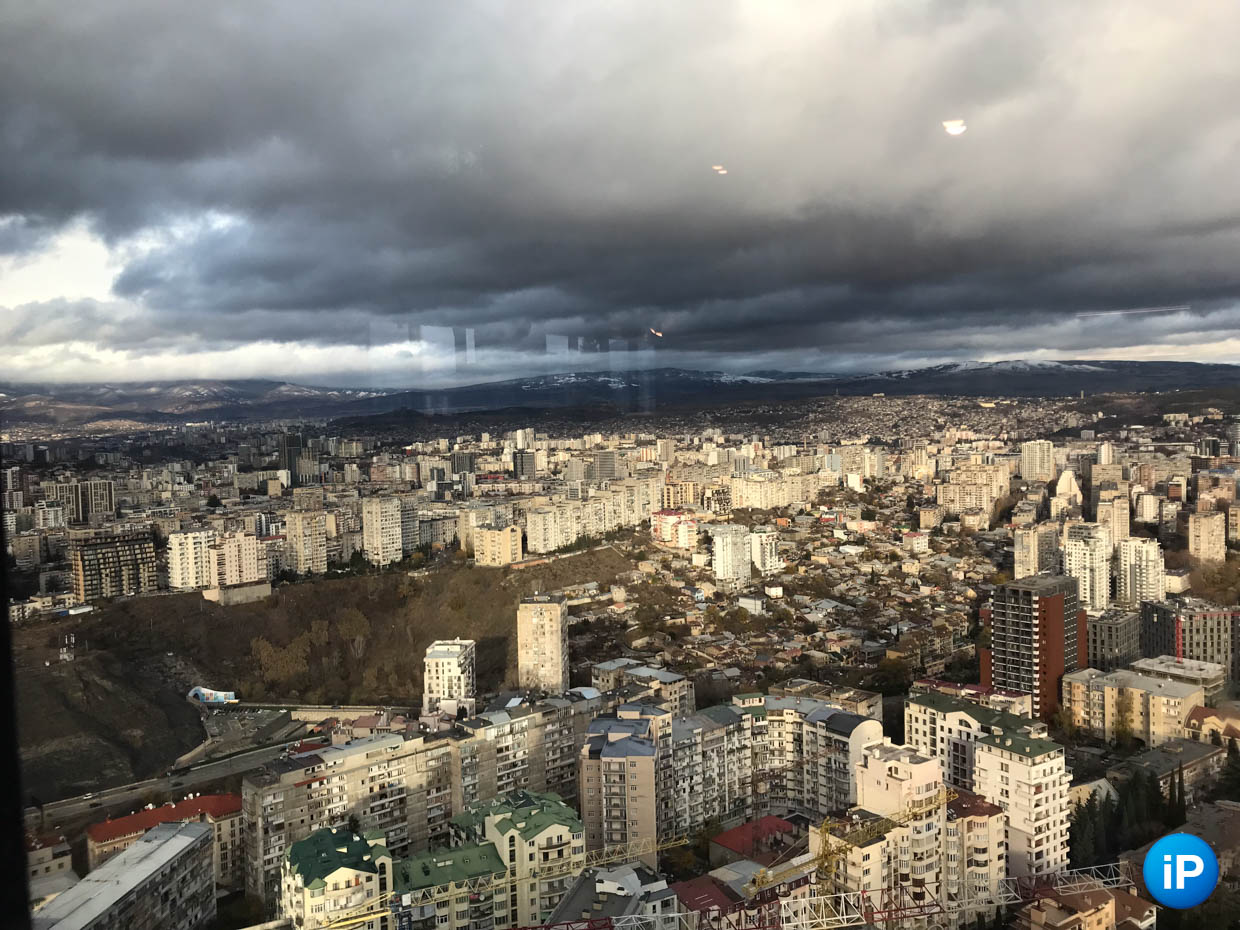
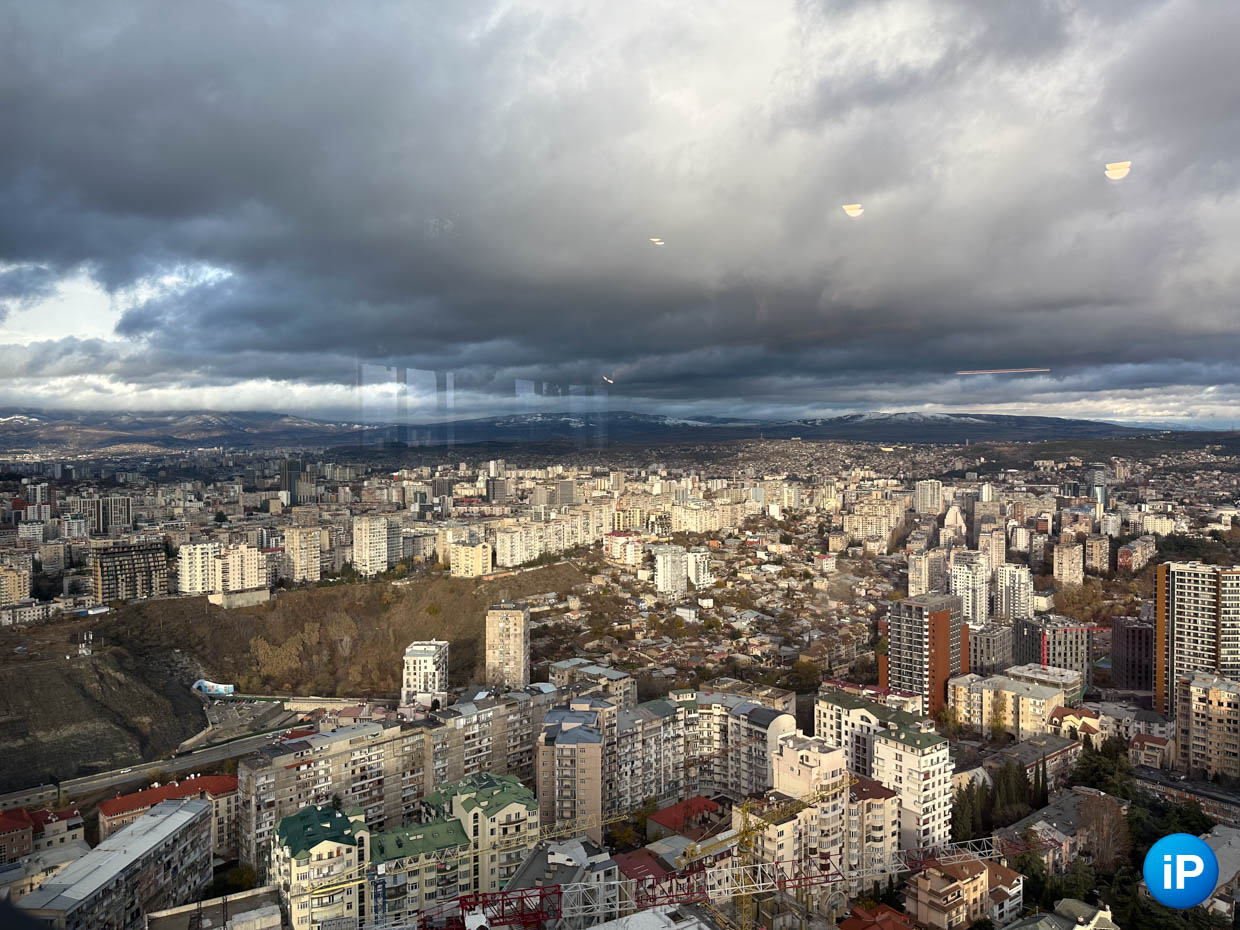
On the left is a photo from an iPhone 7, on the right from an iPhone 14 Pro Max. Zoom in twice
The iPhone 14 Pro Max camera can shoot in 48 MP and 12 MP resolution. The iPhone 7 resolution is only 12 MP.
To ensure that the iPhone 14 Pro Max does not lose in quality due to reduced images compared to standard models, it has a special Quad Bayer matrix.
The layout looks like the camera would have large 2.44µm pixels at 12MP resolution, but these can be “split” down to 1.22µm for 48MP resolution.
If you enable the 48 MP mode, the size of the individual pixel in both smartphones will be the same, just in the iPhone 14 Pro Max they will be 4 times larger.
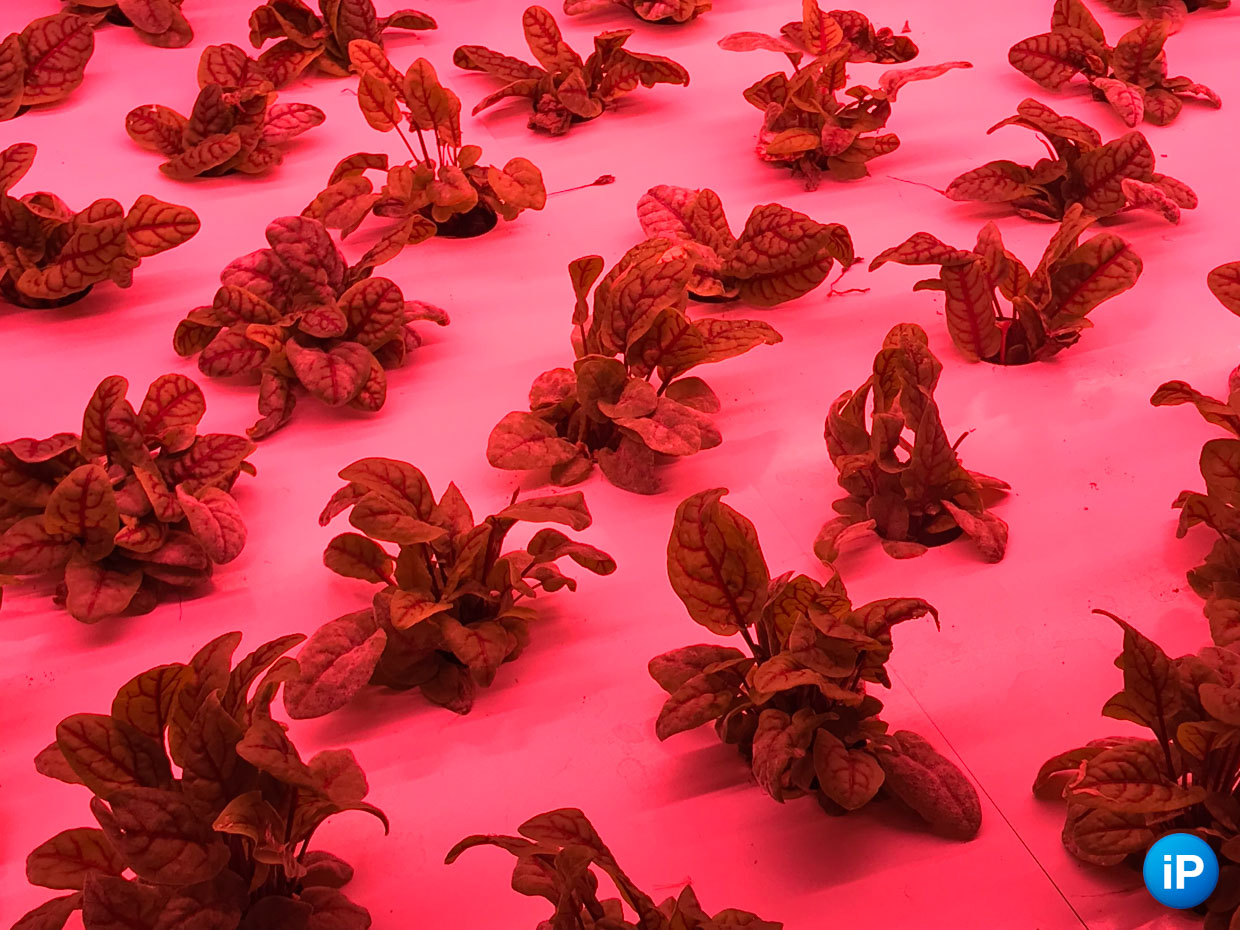
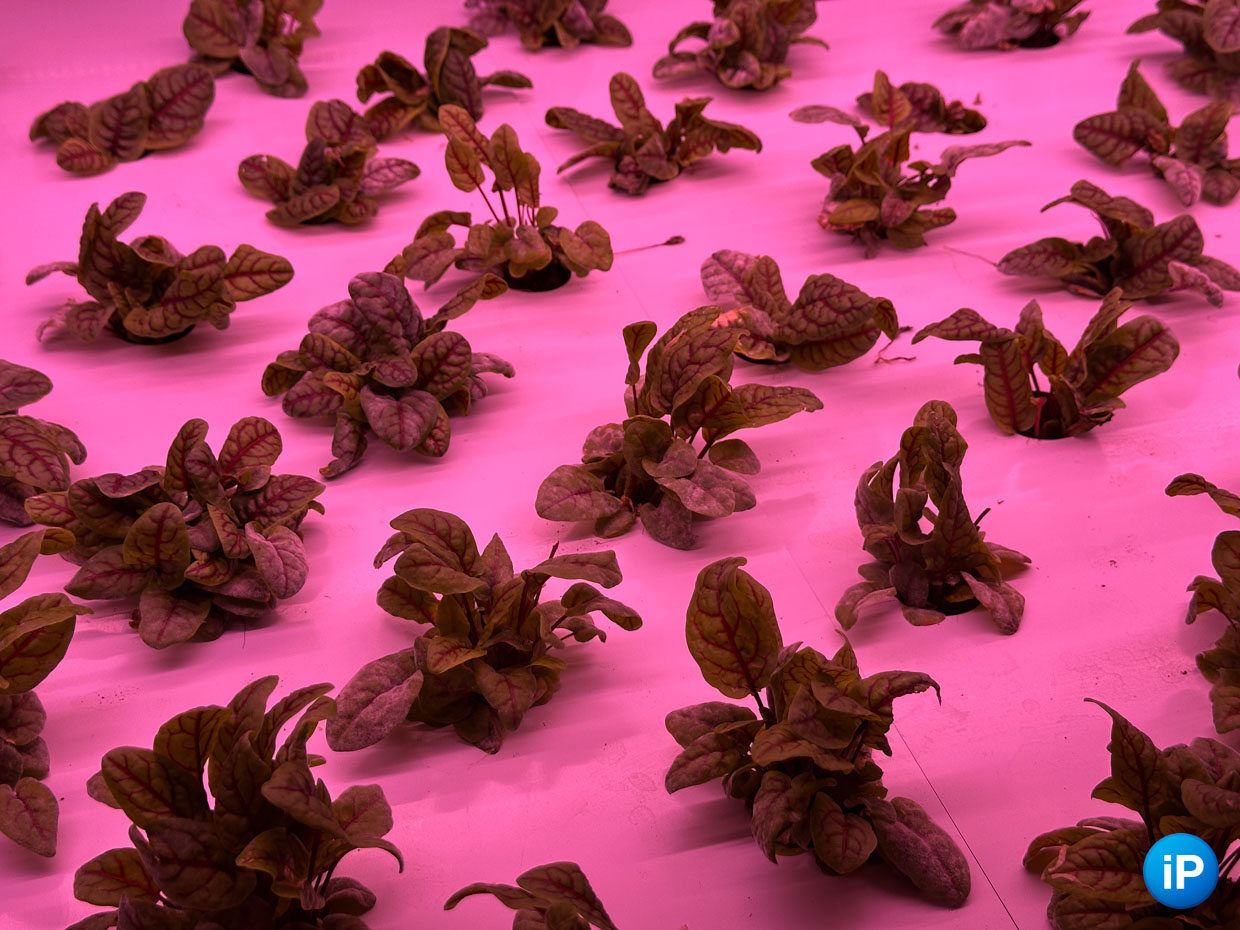
But if we take a resolution of 12 MP, then each “combined” pixel of the iPhone 14 Pro Max will receive 4 times more light.
First of all, this affects detailing. In the dark, it’s better to shoot at 12 MP to let in more light, but in daylight, 48 MP will give you much more detail.
Actually, due to this feature, we receive statements from Apple that the iPhone 14 Pro and newer can shoot at 2x zoom without loss of optical quality. Regarding the iPhone 7, they really don’t seem to require anything.
Presented here for themselves.
Comparing the camera of the iPhone 14 Pro with the iPhone 12. There is a difference
In the evening and indoors there is a huge difference




On the left is a photo from an iPhone 7, on the right from an iPhone 14 Pro Max. Two completely different photos
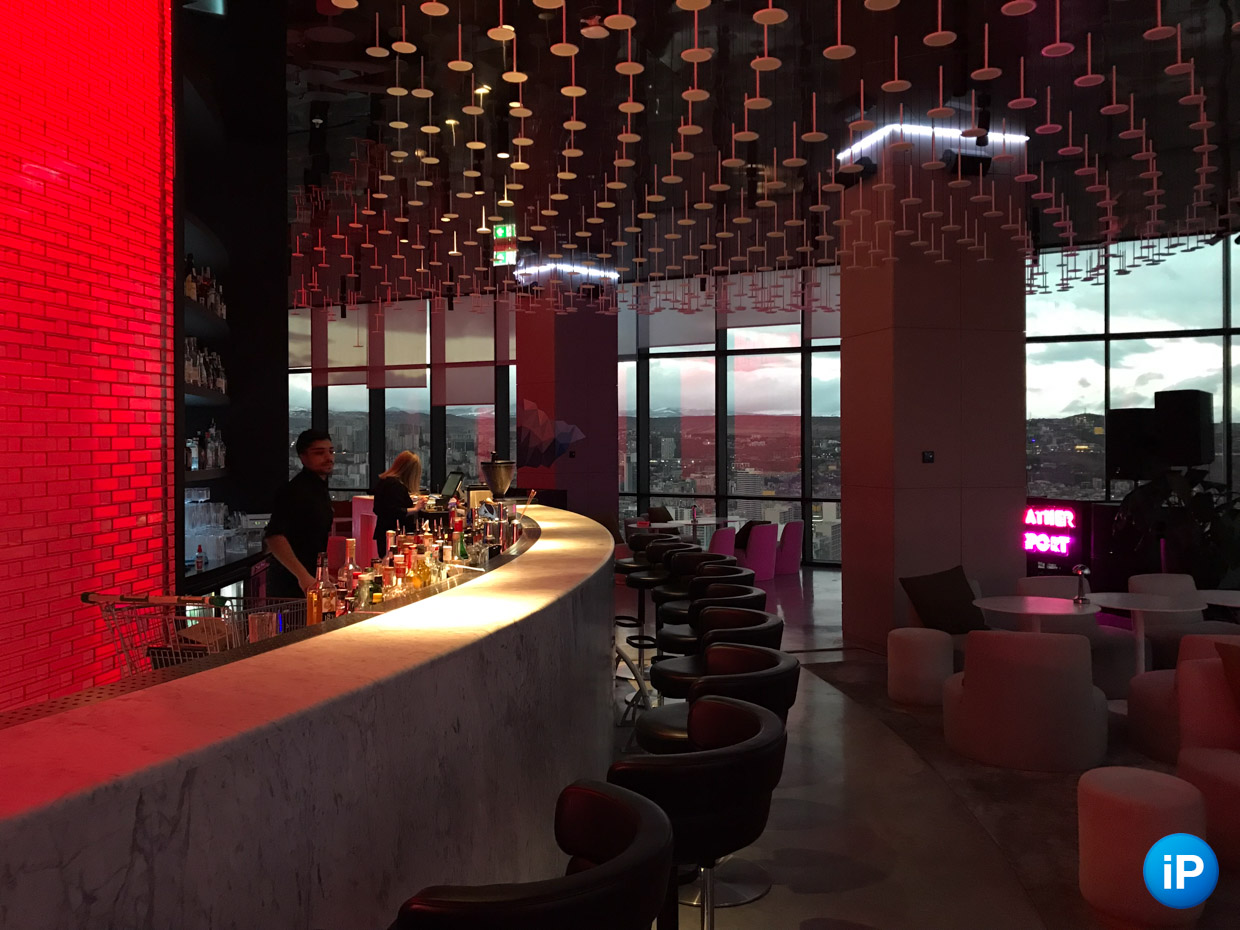
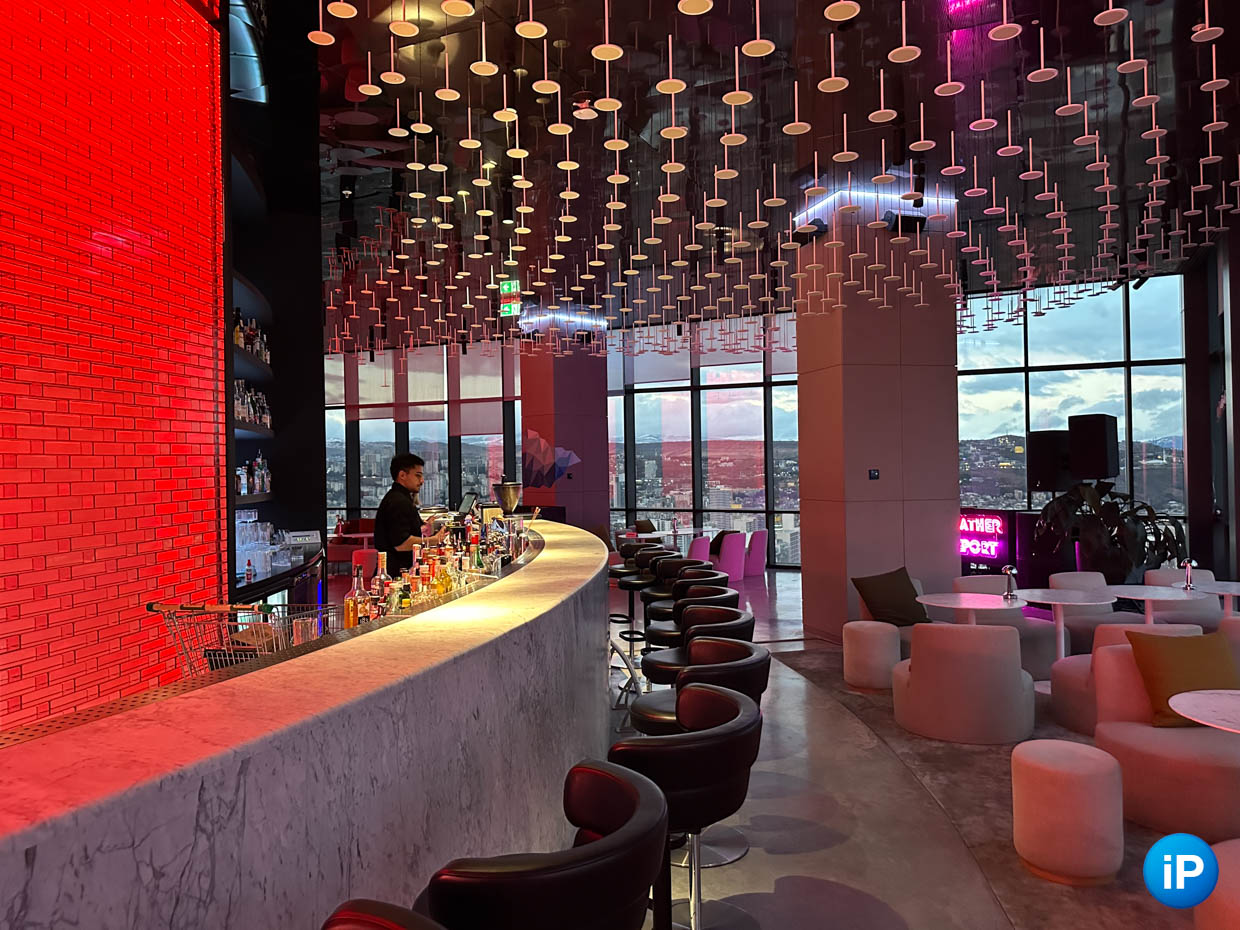
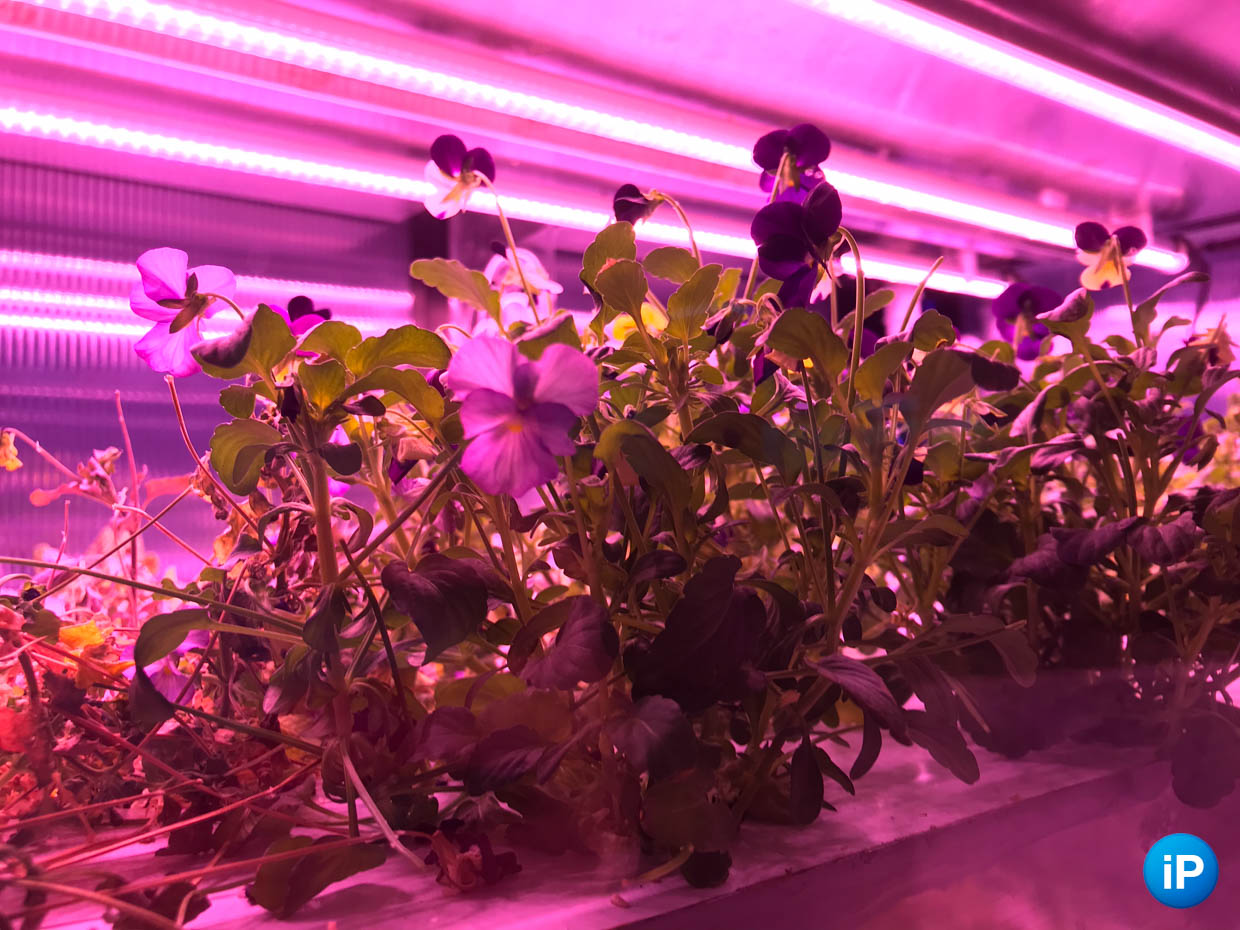
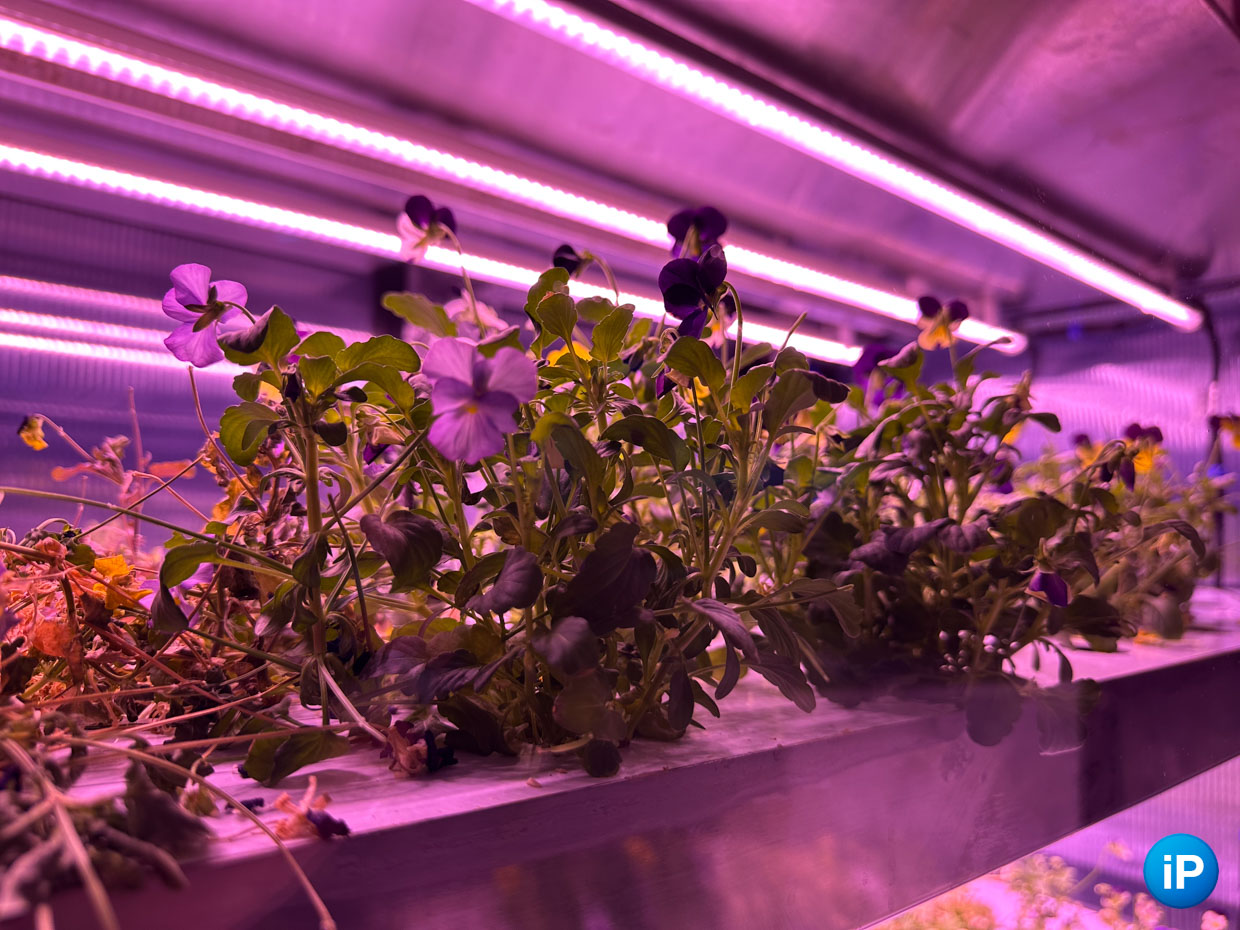
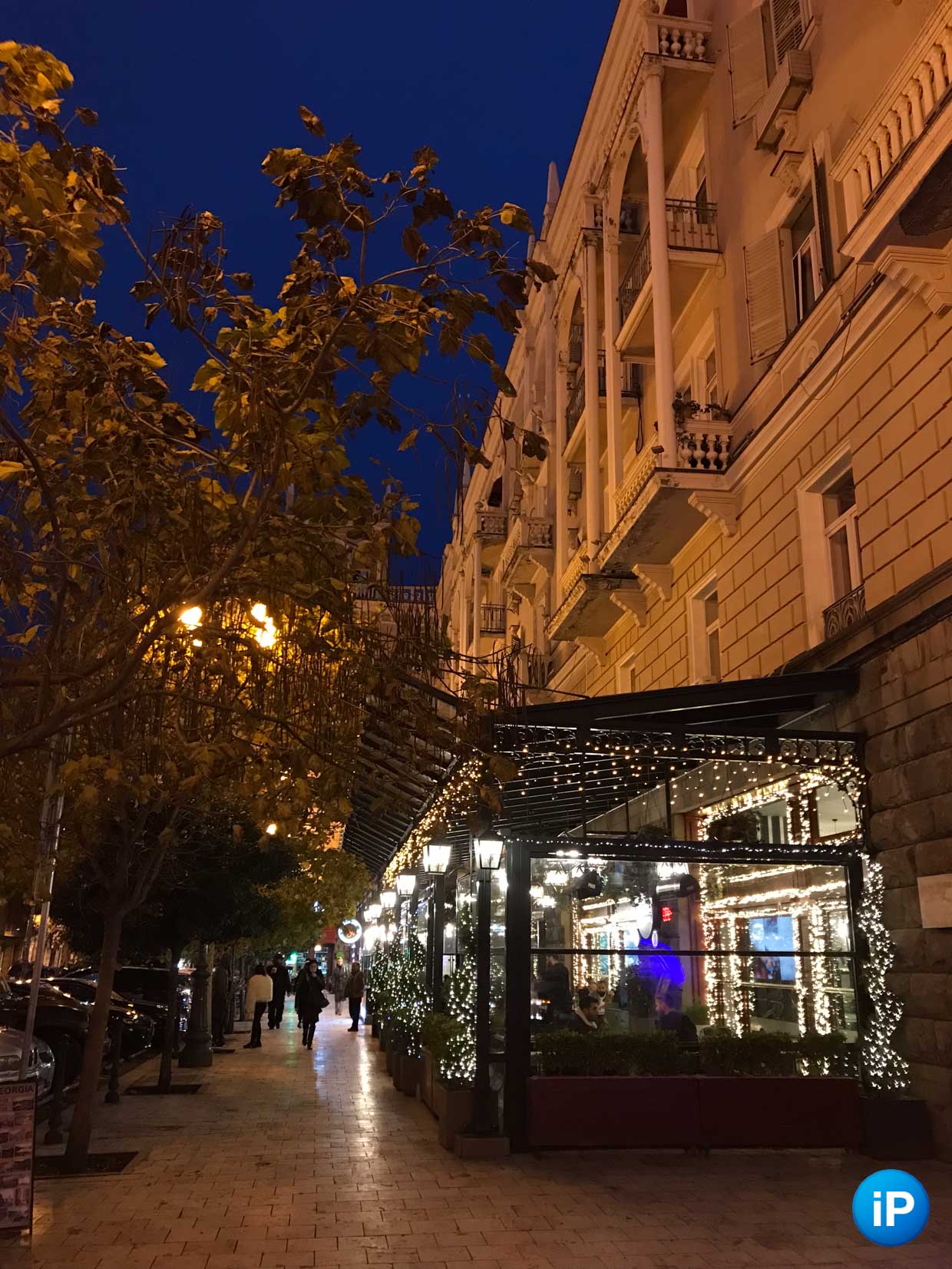
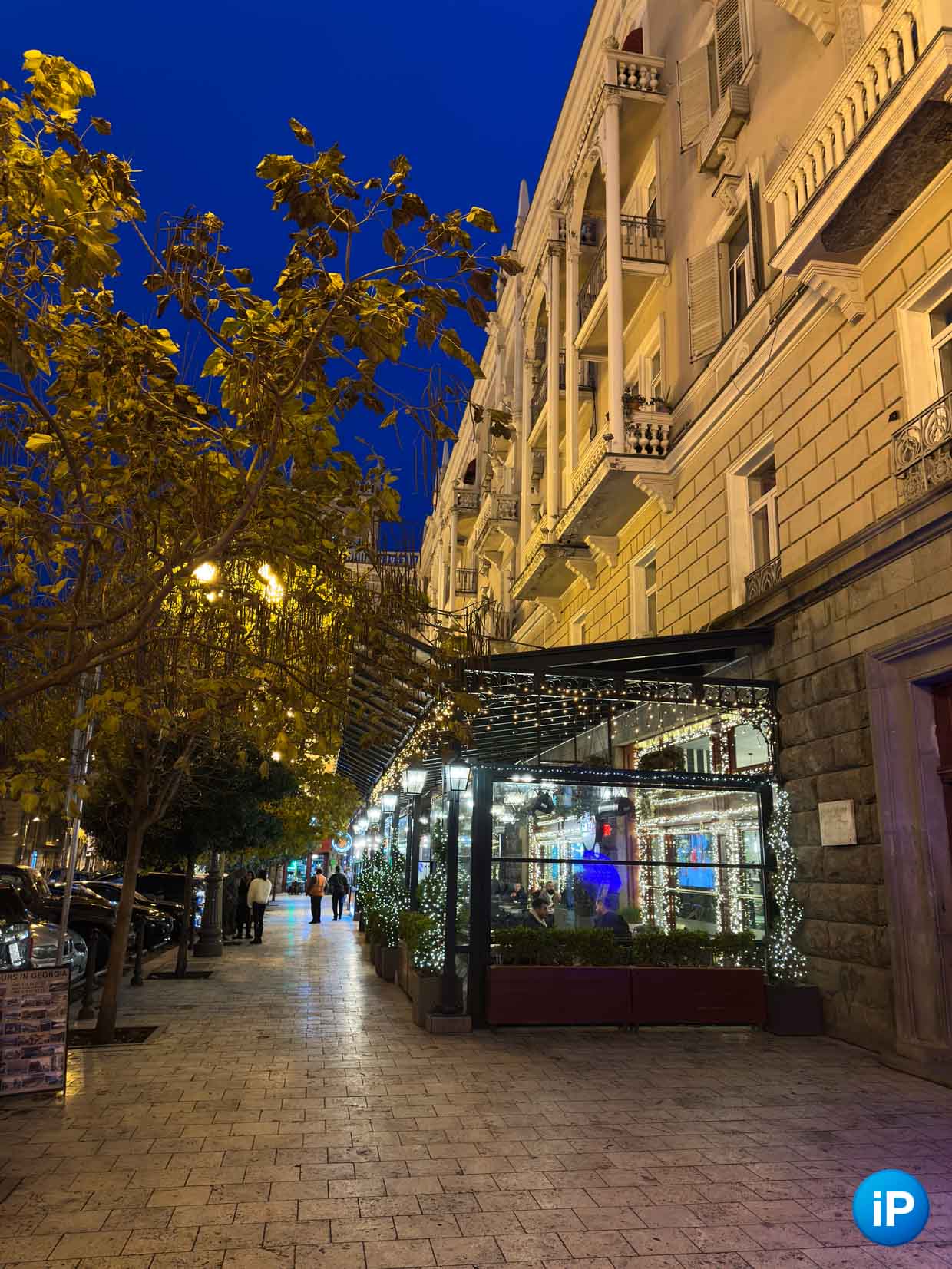
On the left is a photo from an iPhone 7, on the right from an iPhone 14 Pro Max. Zoom in twice


Although in the left smartphone the basic aperture modulation is approximately equal to f/1.8 in the equivalent of full-frame cameras, in fact we get completely different photos in terms of distant illumination.
Thanks to the large sensor of the iPhone 14 Pro Max, it has superior light sensitivity, and the external processor transmits more information from the matrix per unit of time.
When it gets dark, the iPhone 7 produces appalling results that show the camera’s age even beyond direct comparison. Overexposure pops up in contrasting scenes or everything is simply too dark and turns into a mess, as in photographs with a blue sky and facade.
The video no longer makes abrupt transitions and looks real
Even the two examples above are shown, gradually differing greatly in the transition from dark to light tones.
There are no longer huge “holes” when instead of the sky we have a white spot or black holes together with the shadows.
There are no abrupt transitions when moving the camera from one scene to another. On the iPhone 14 Pro Max, the level of illumination of the video changes absolutely smoothly and evenly, imperceptibly to the eye – just like in life. It is generally impossible to do this manually, as Smart HDR handles it.
The only drawback may seem to be that the picture is now not so contrasting. But subsequently, as many now get light and saturation in the same trees that look like mush on the iPhone 7, there’s no point in complaining.
How much has changed in 6 years
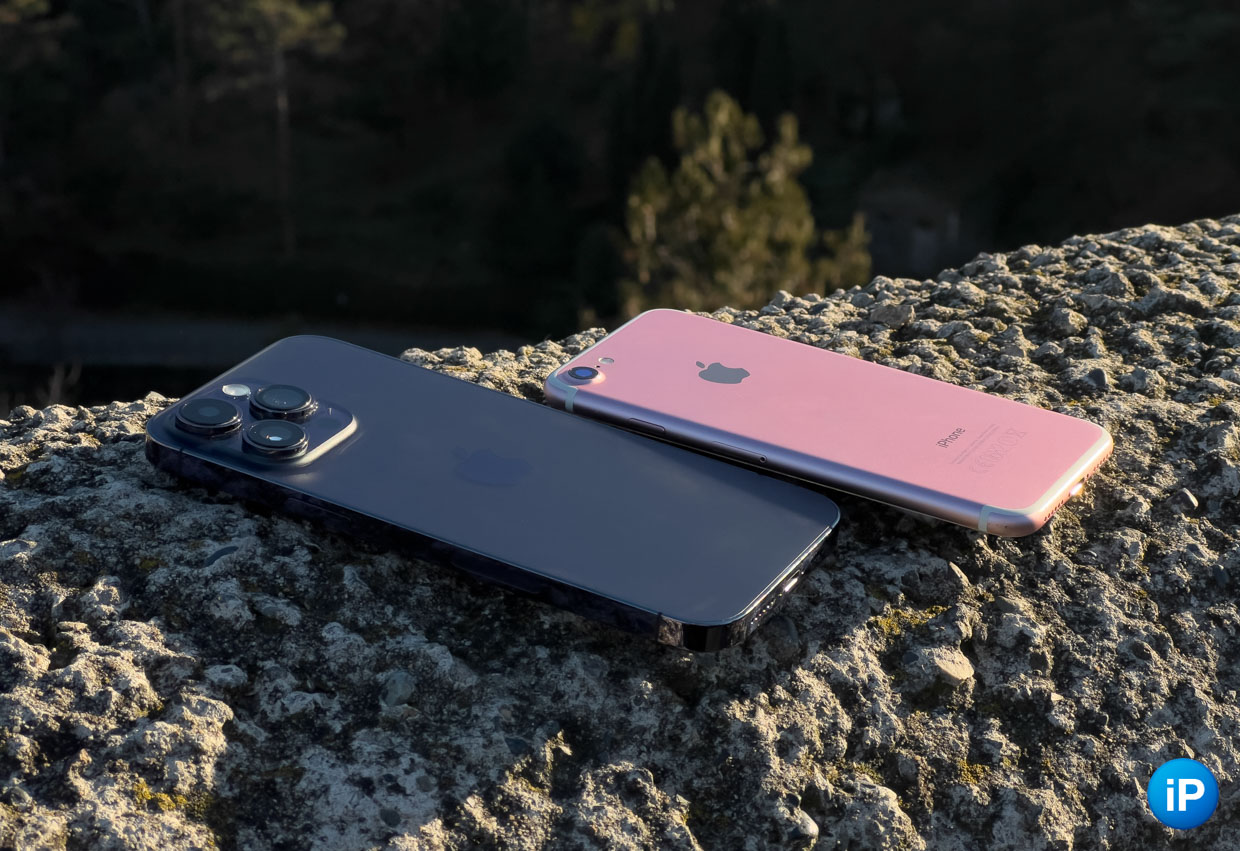
I’ve been critical of the almost annual release of new HDR algorithms in iPhone cameras that cannot be disabled using standard methods. But looking at the comparison today, I take my words back.
Now it is clear that the officially “aggressive” post-processing still made all the photographs brighter, more beautiful and, most importantly, more vibrant.
What convinced me most was the example from the high-rise building. It was a nice establishment on the 36th floor with a different view of the mountains and the city, and that’s exactly how the iPhone 14 Pro Max showed him.
But the look at the photos from the iPhone 7, taken at the same second, does not linger in other words, except crypto.
Of course, shooting without all the algorithms on modern hardware also looks good.
As iPhone camera software developer John McCormack said this year, the company’s mission is to help the user take a photo of something that actually happened.
Bravo. No joke, but today we see that over the past six years at Apple they have achieved just that.
📸 All photos in the article:


















































Source: Iphones RU
I am a professional journalist and content creator with extensive experience writing for news websites. I currently work as an author at Gadget Onus, where I specialize in covering hot news topics. My written pieces have been published on some of the biggest media outlets around the world, including The Guardian and BBC News.

